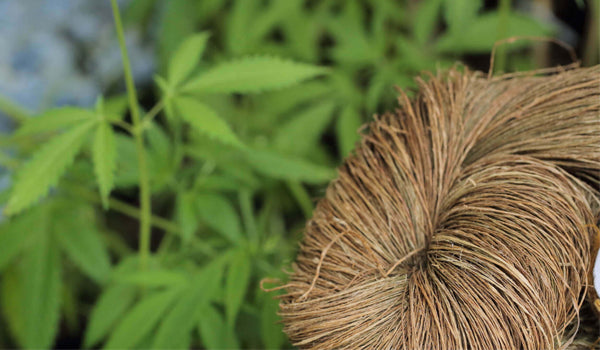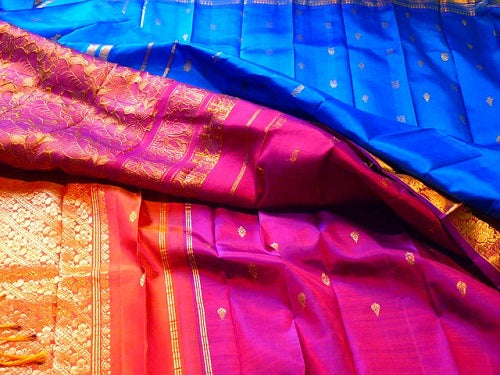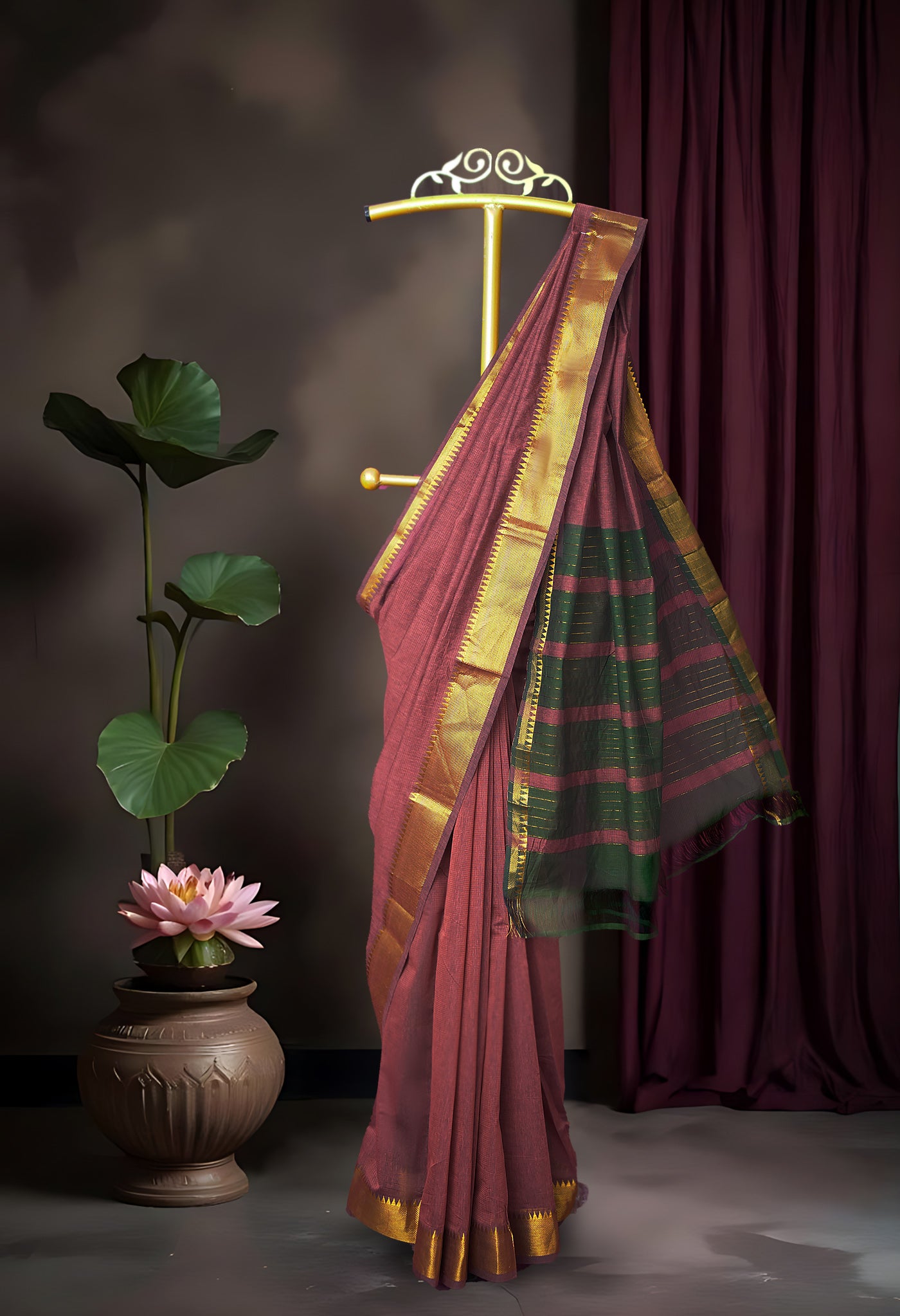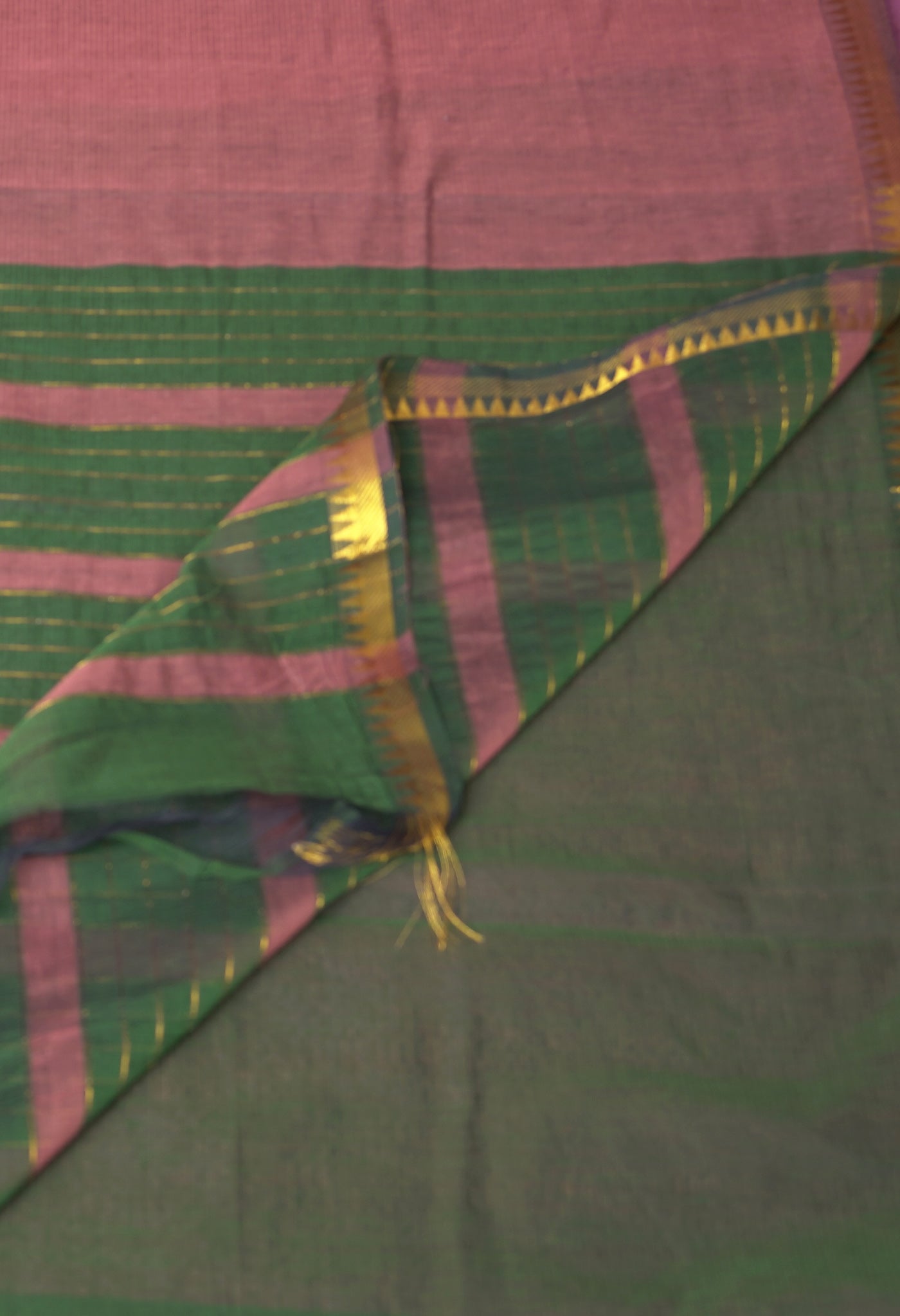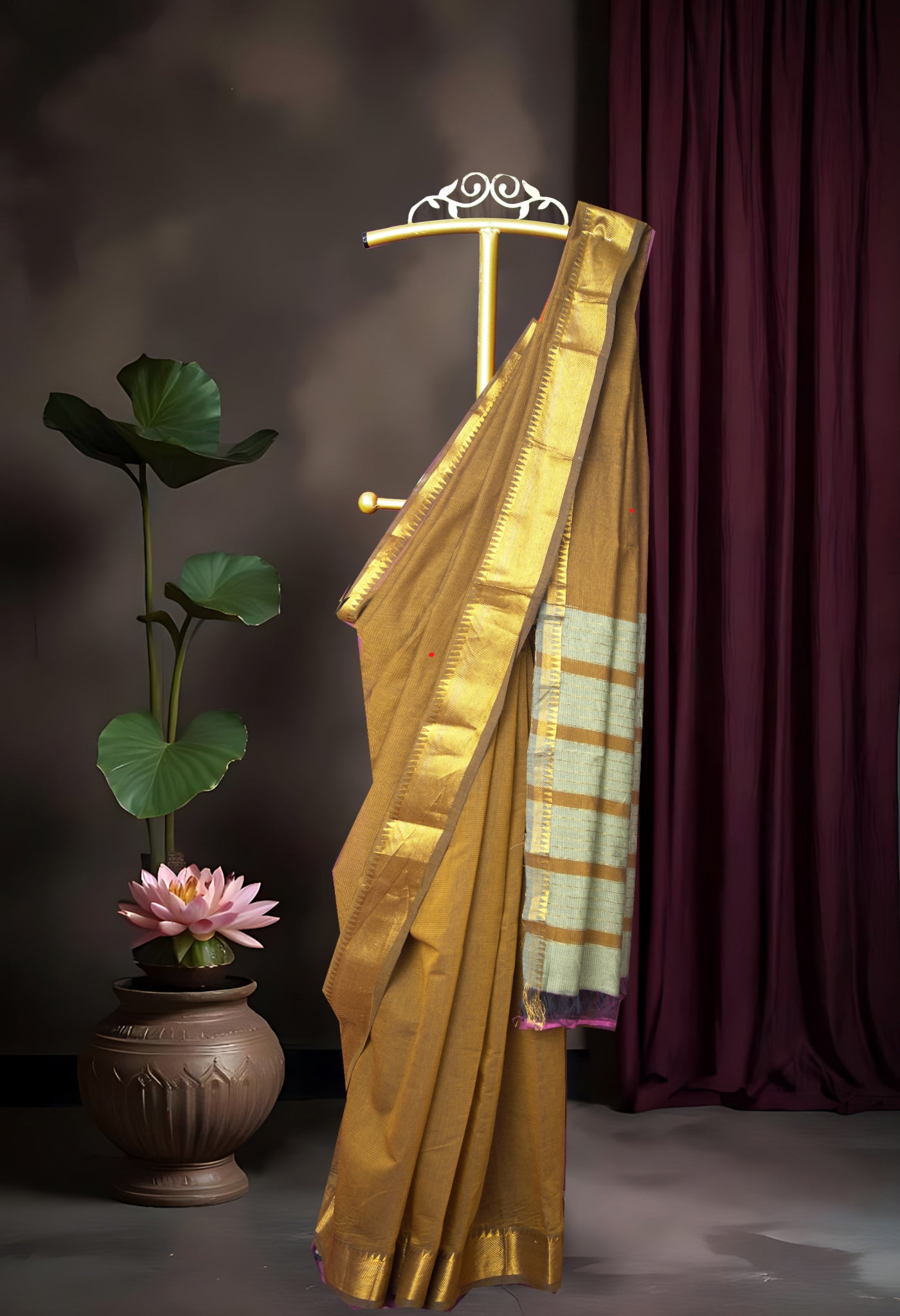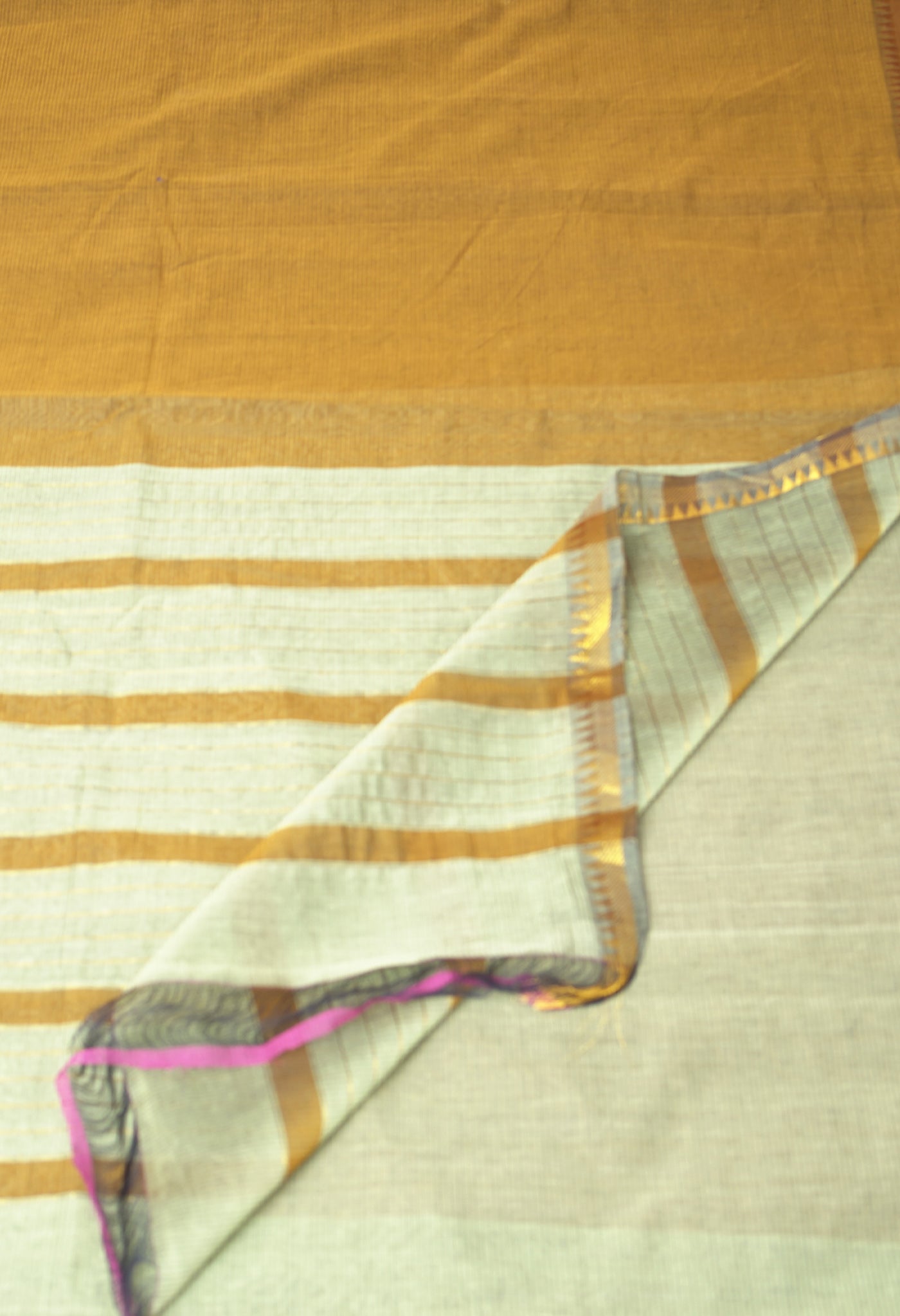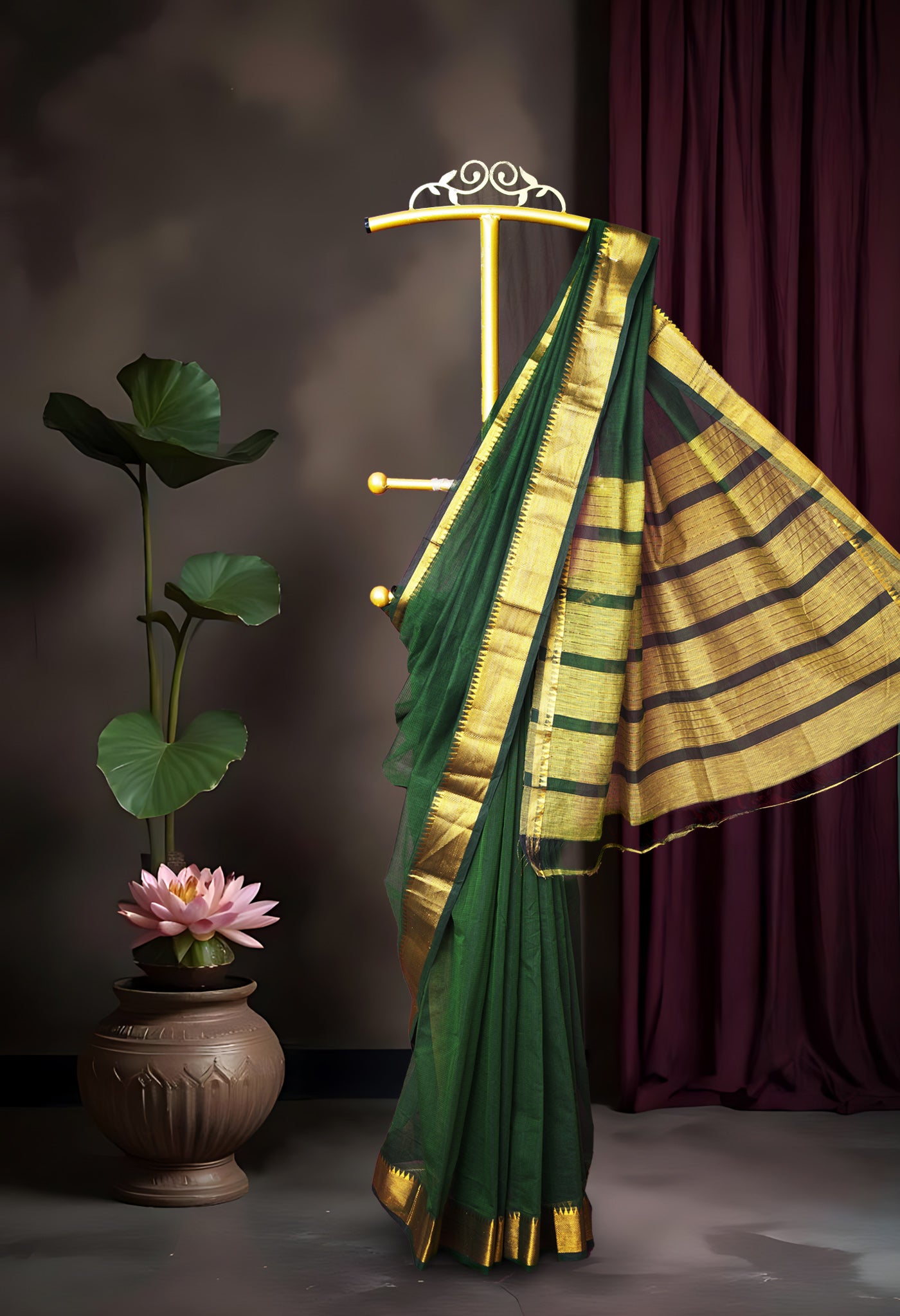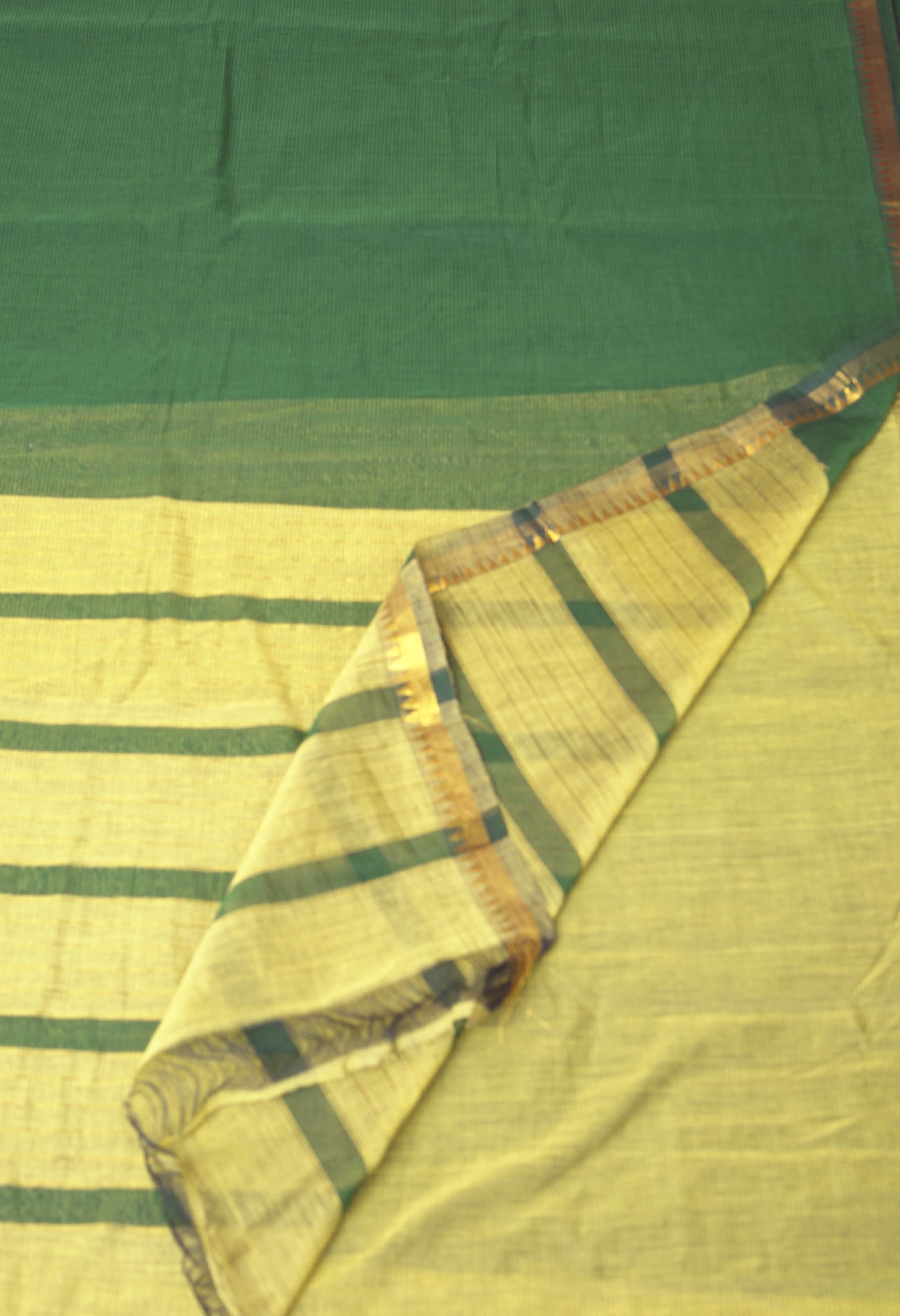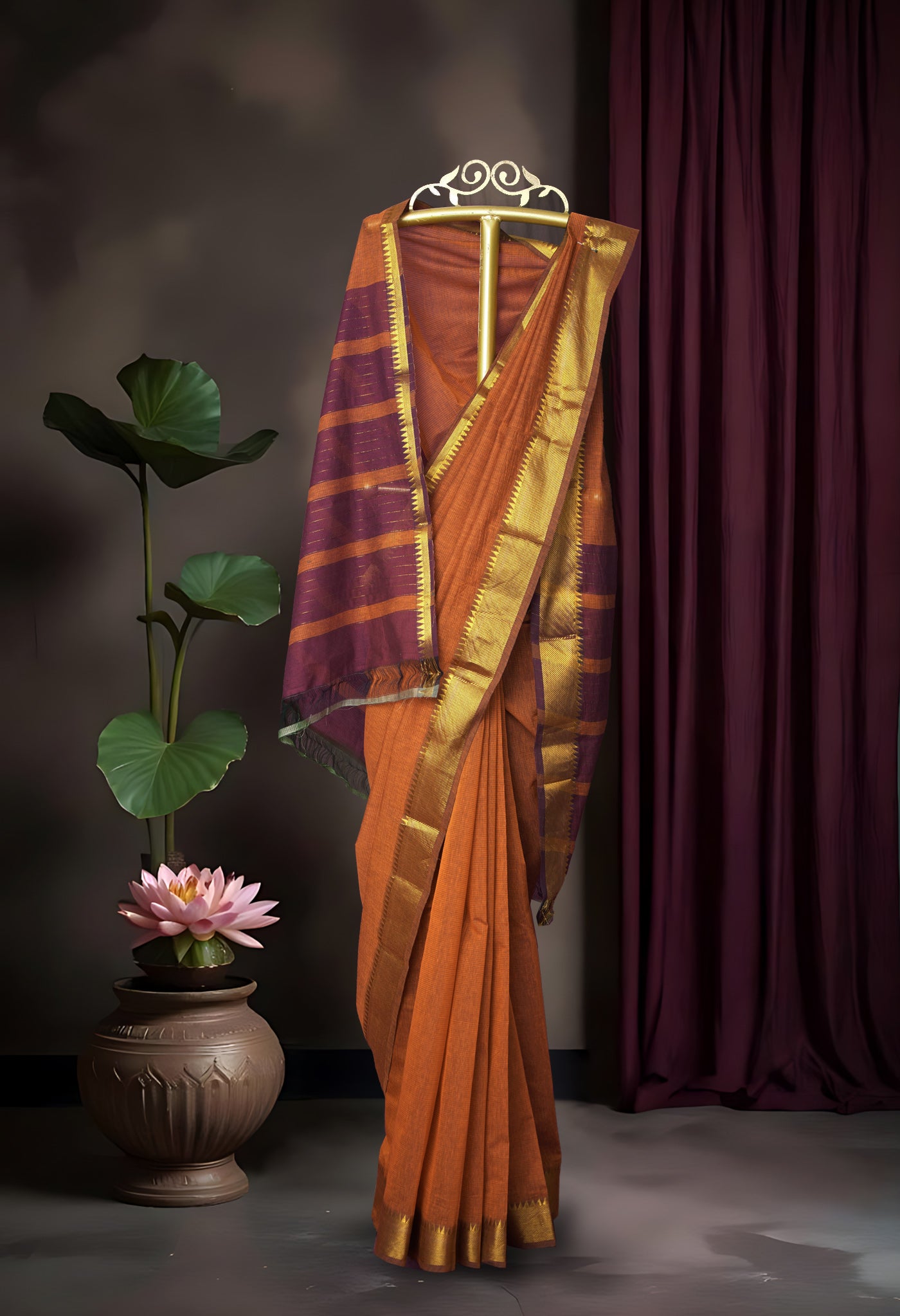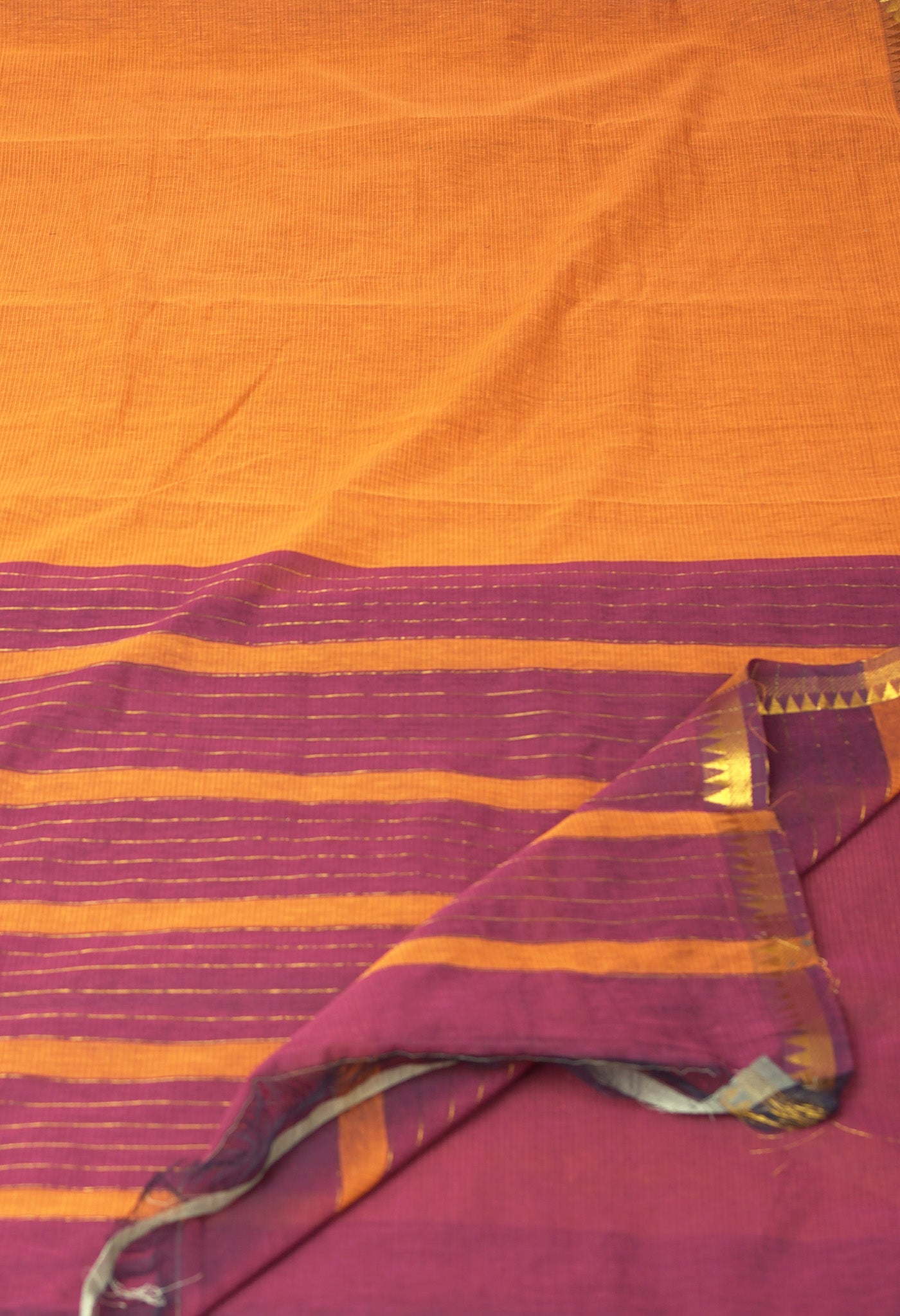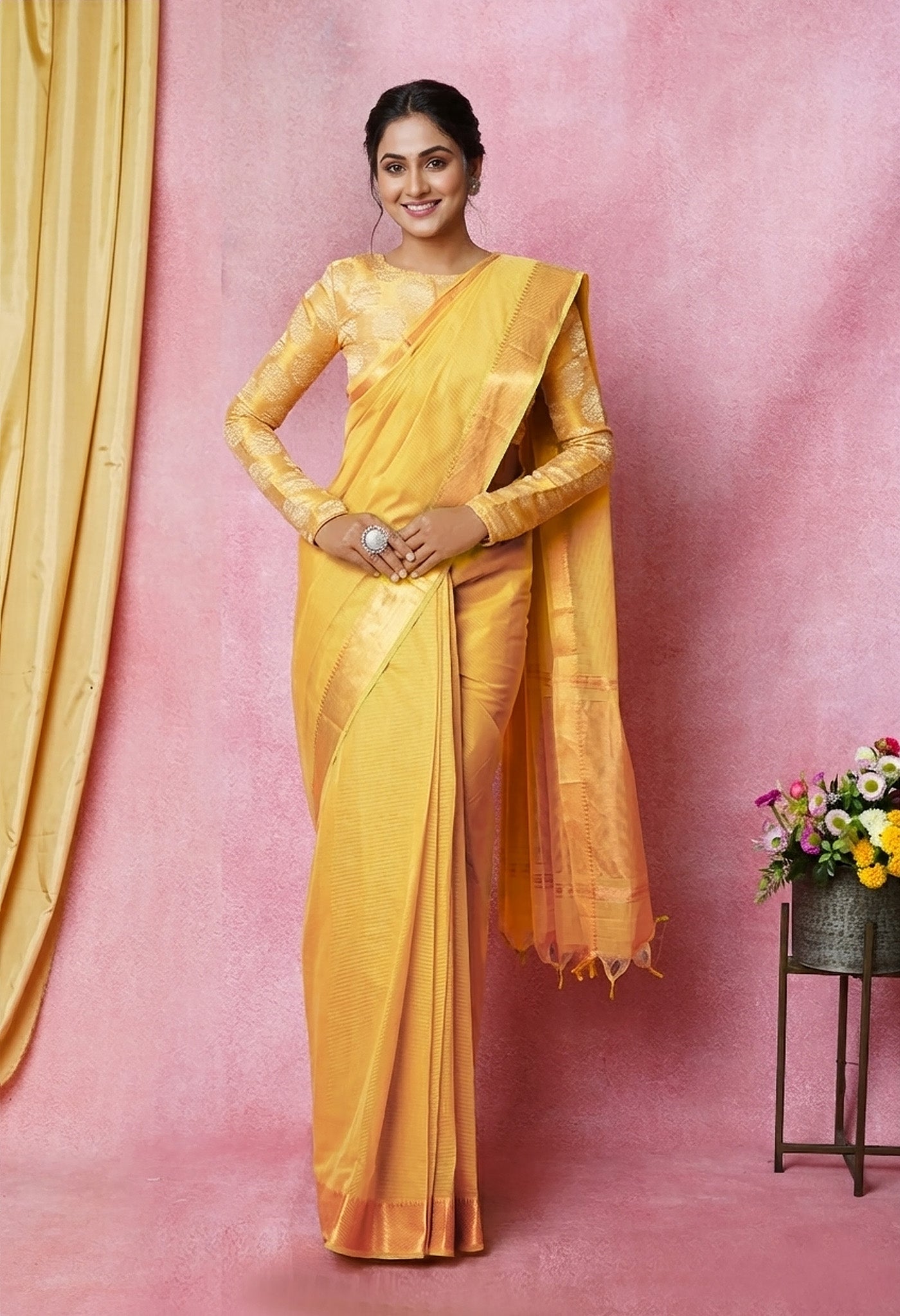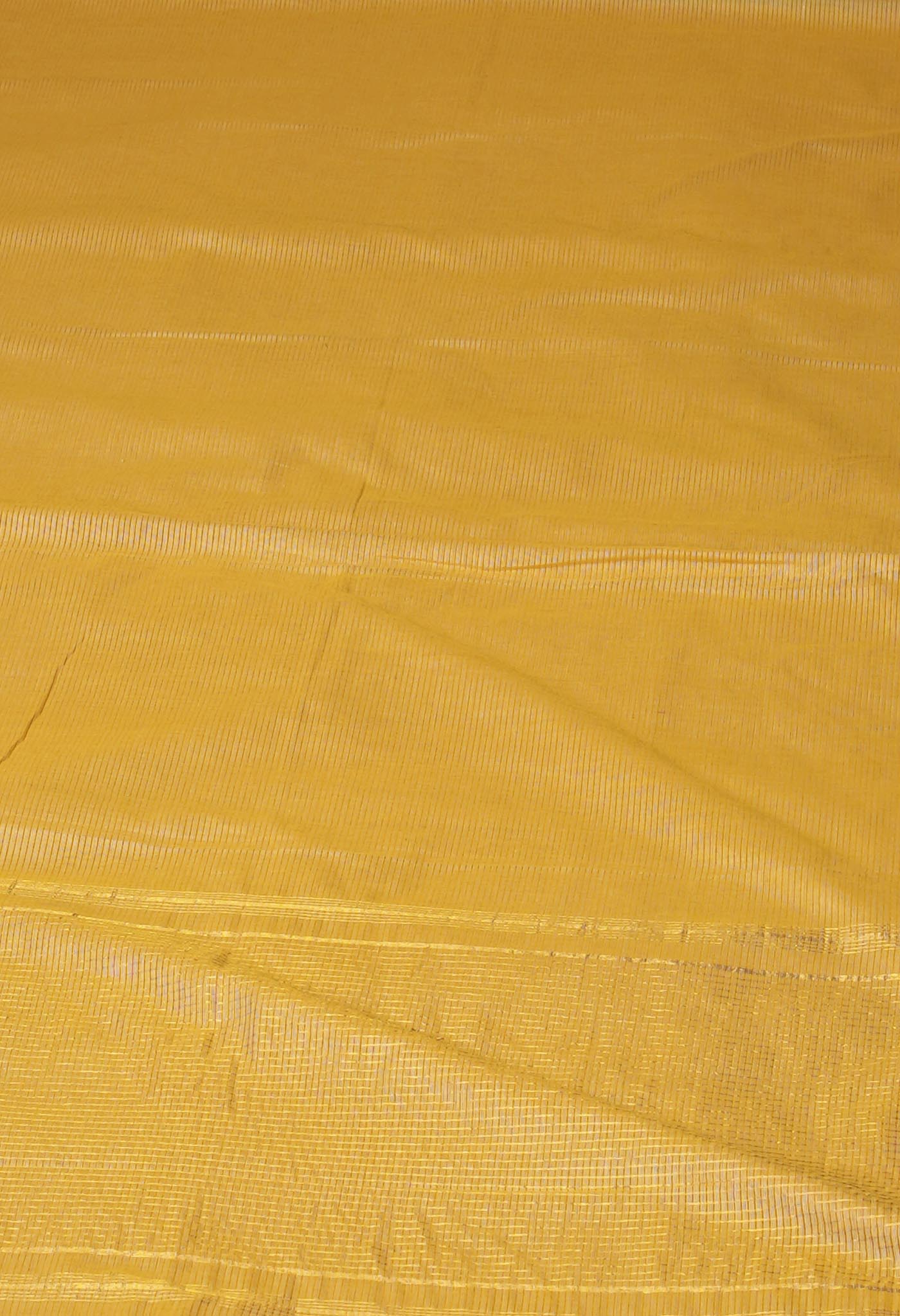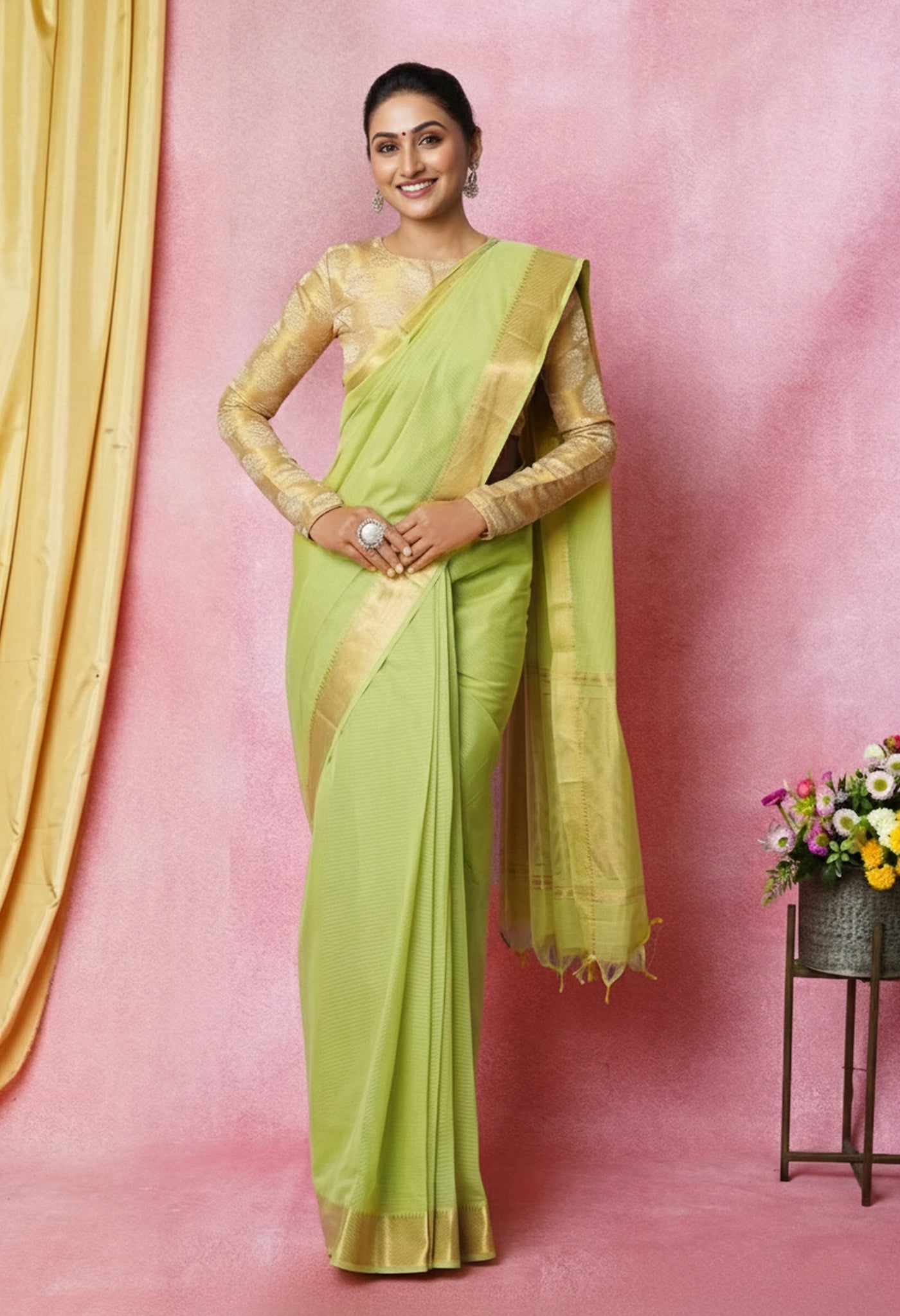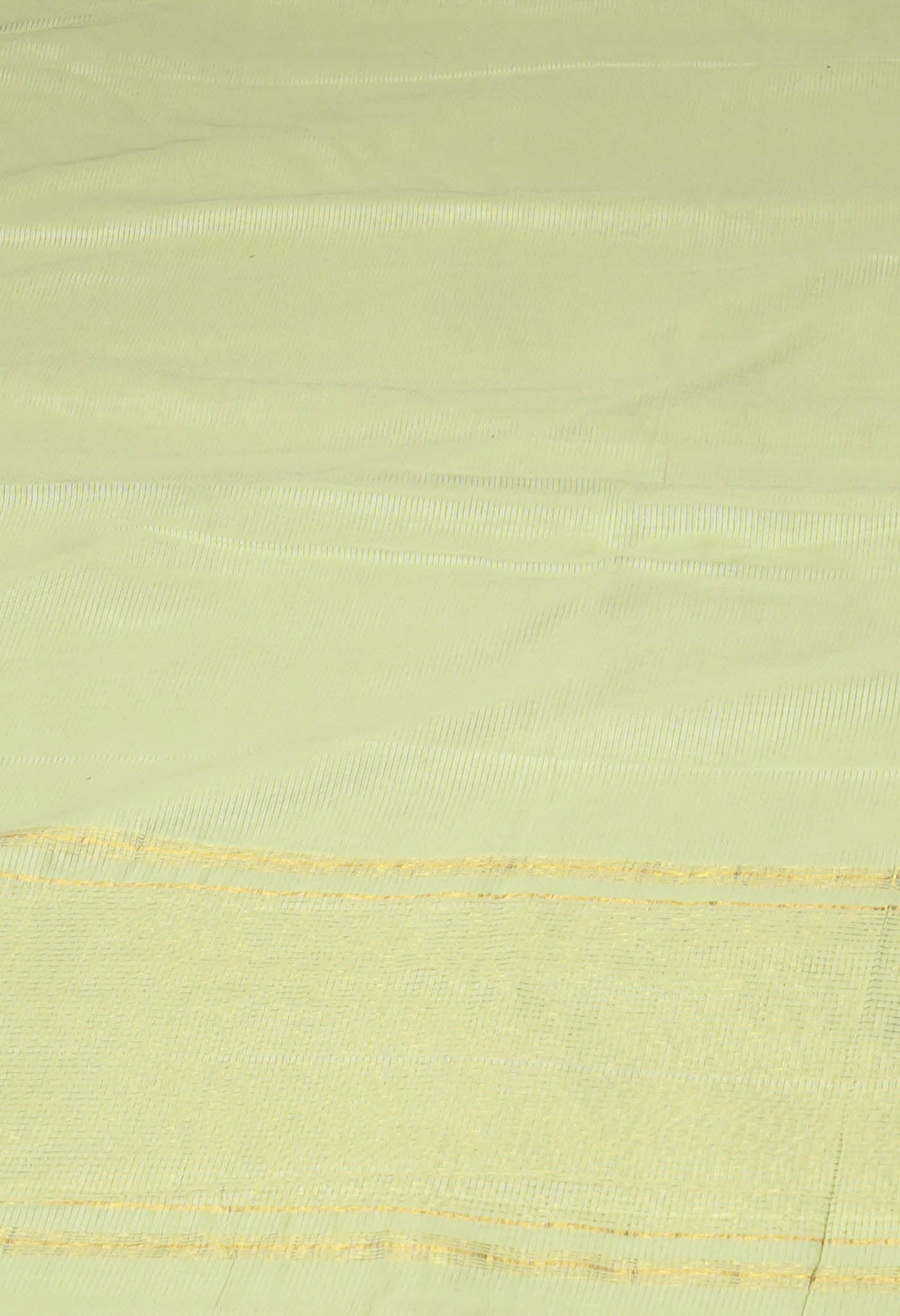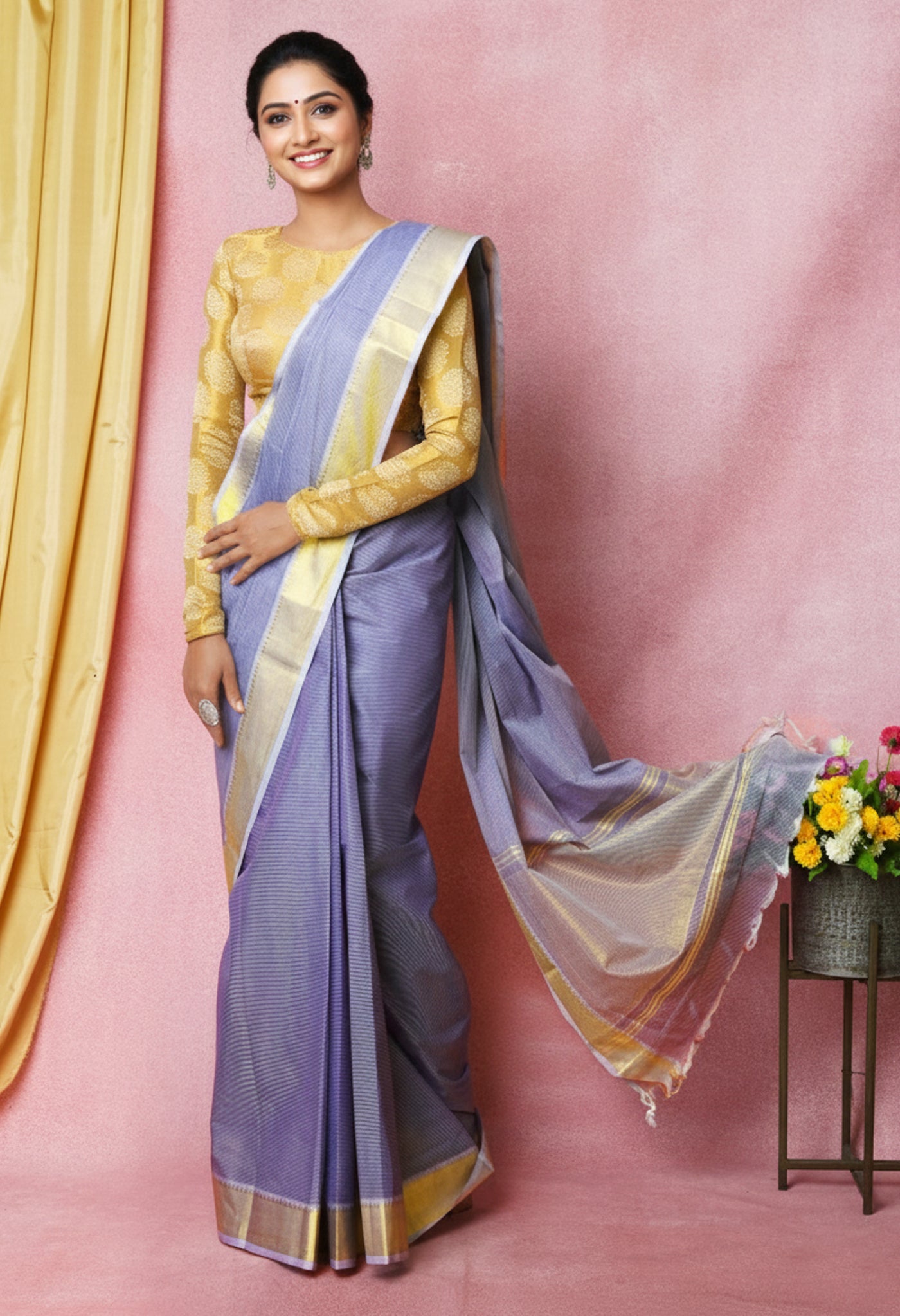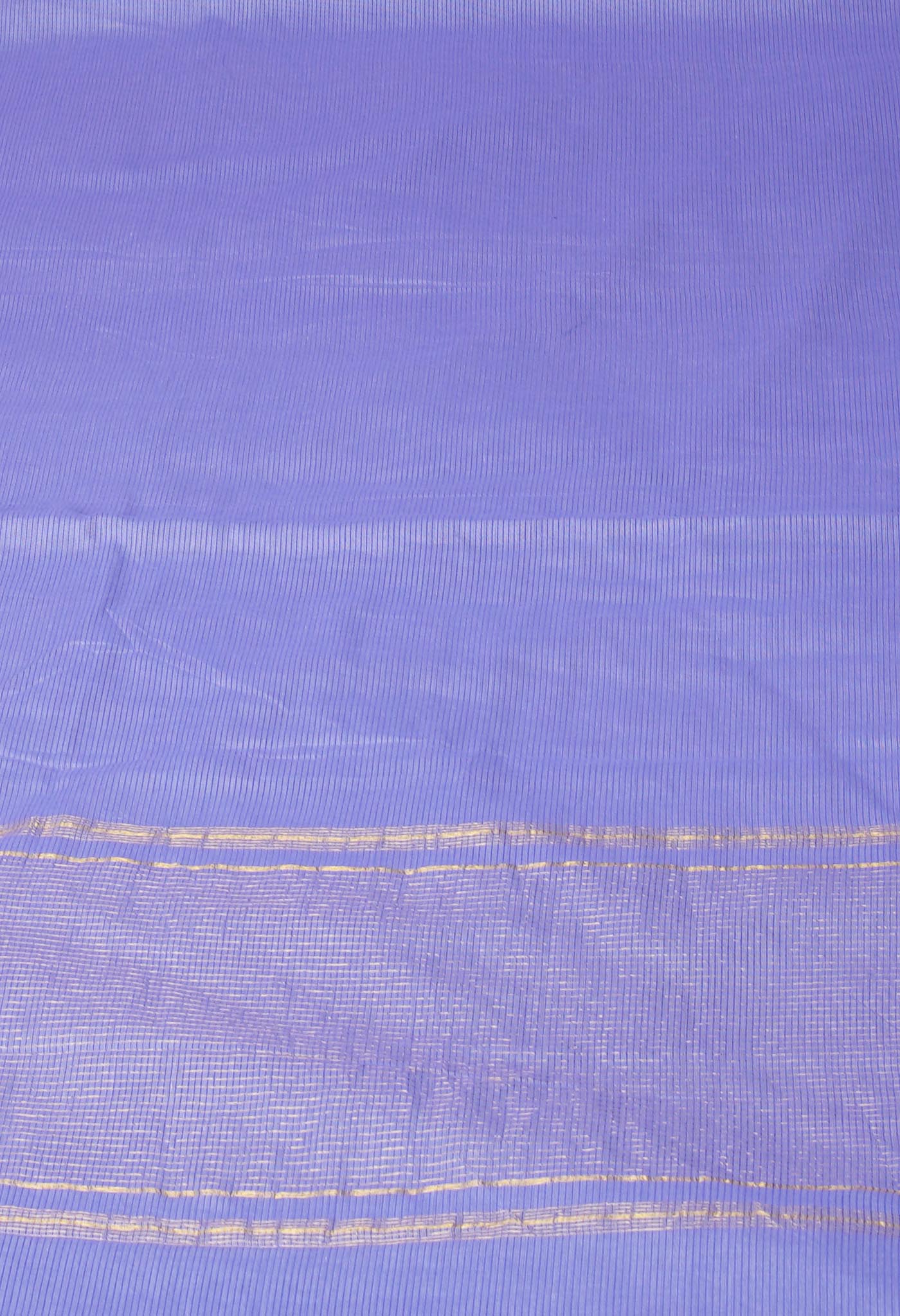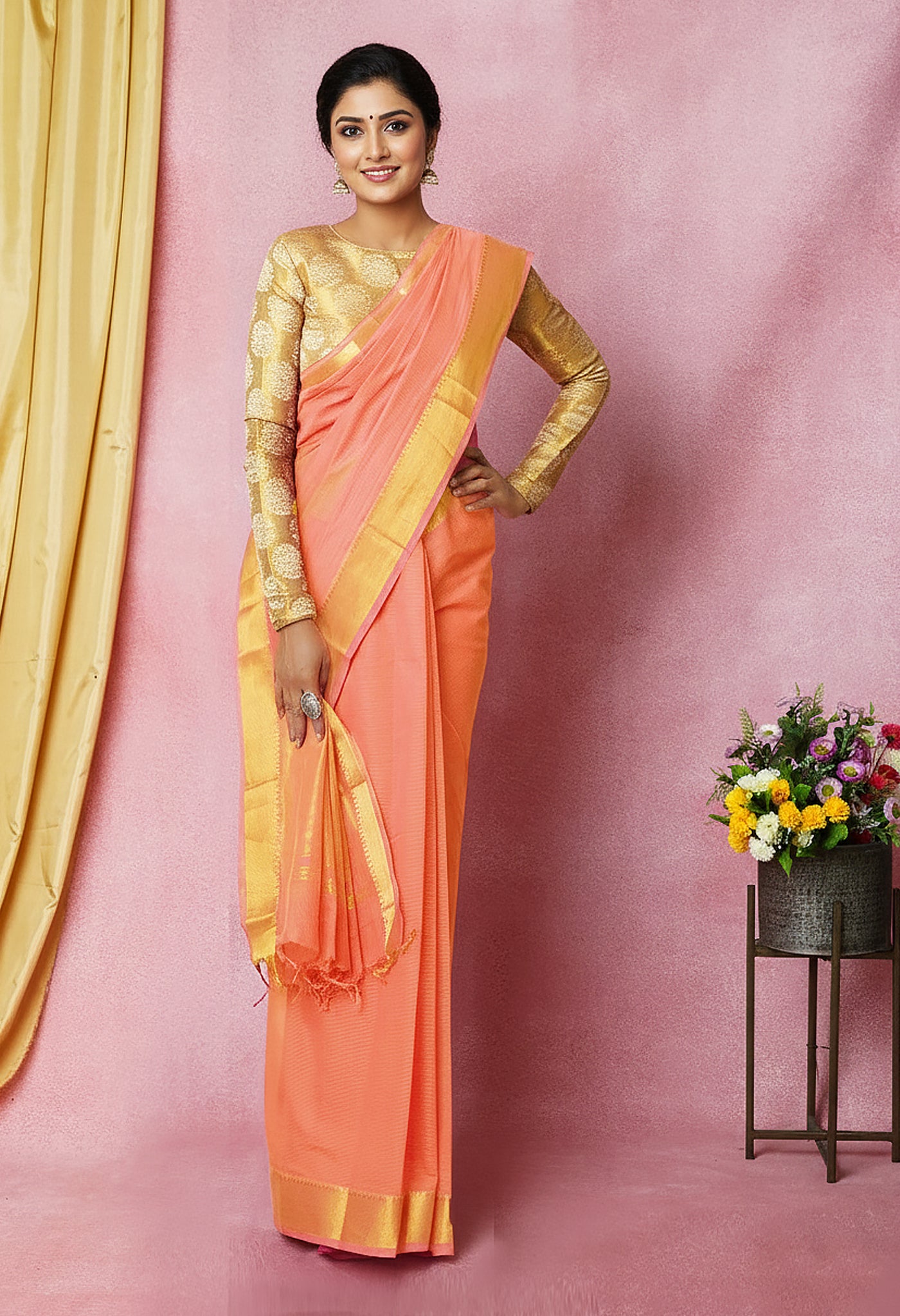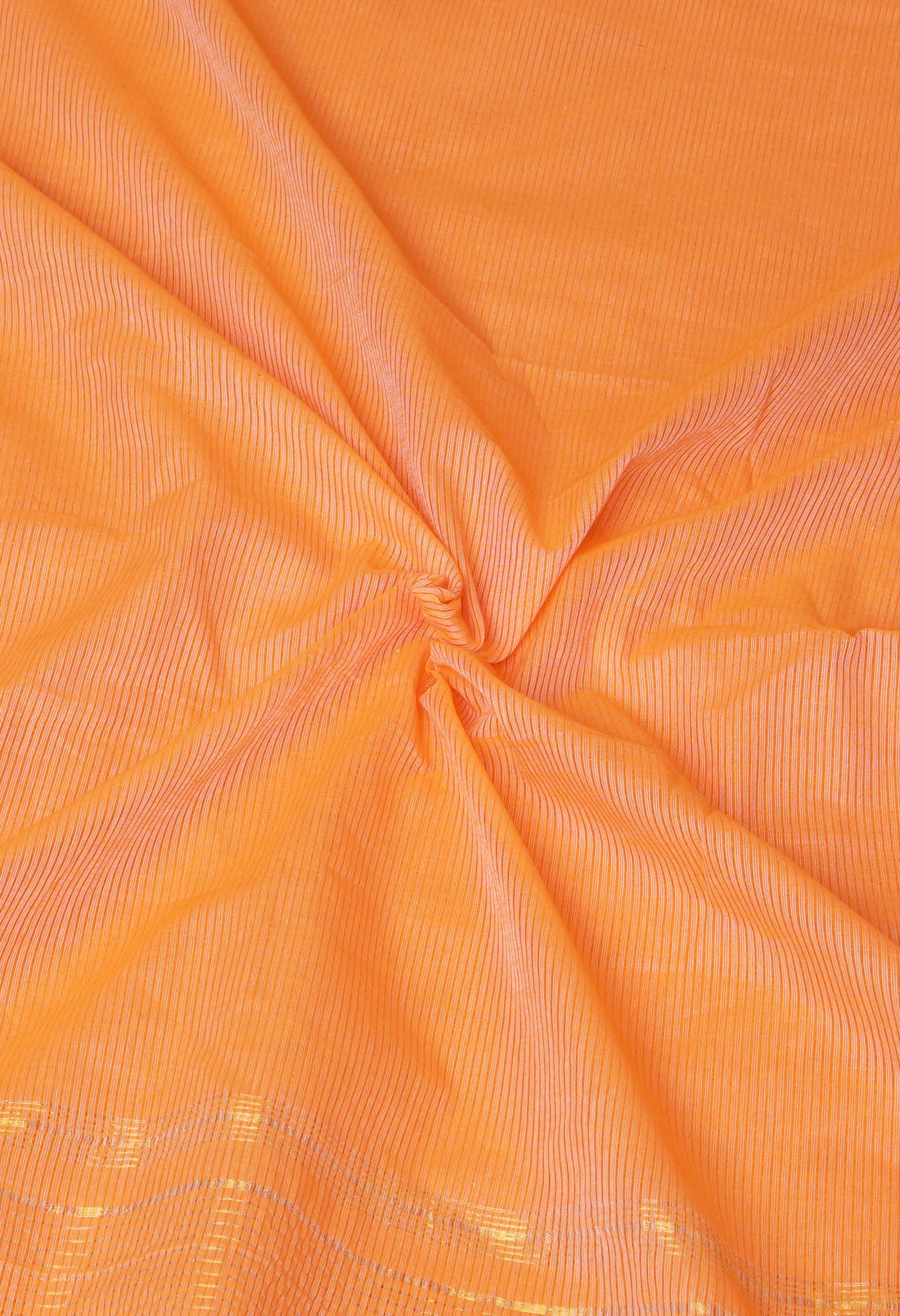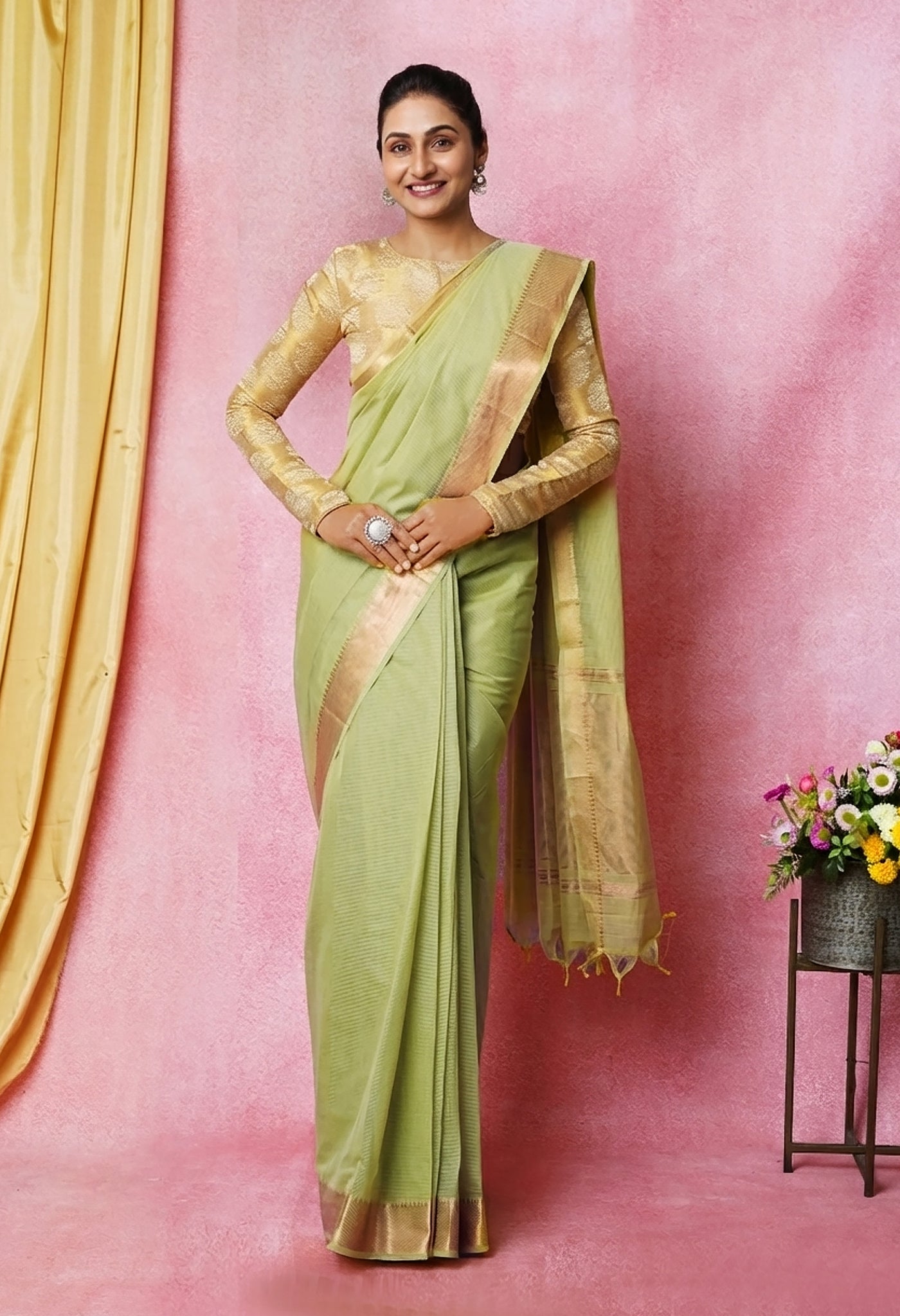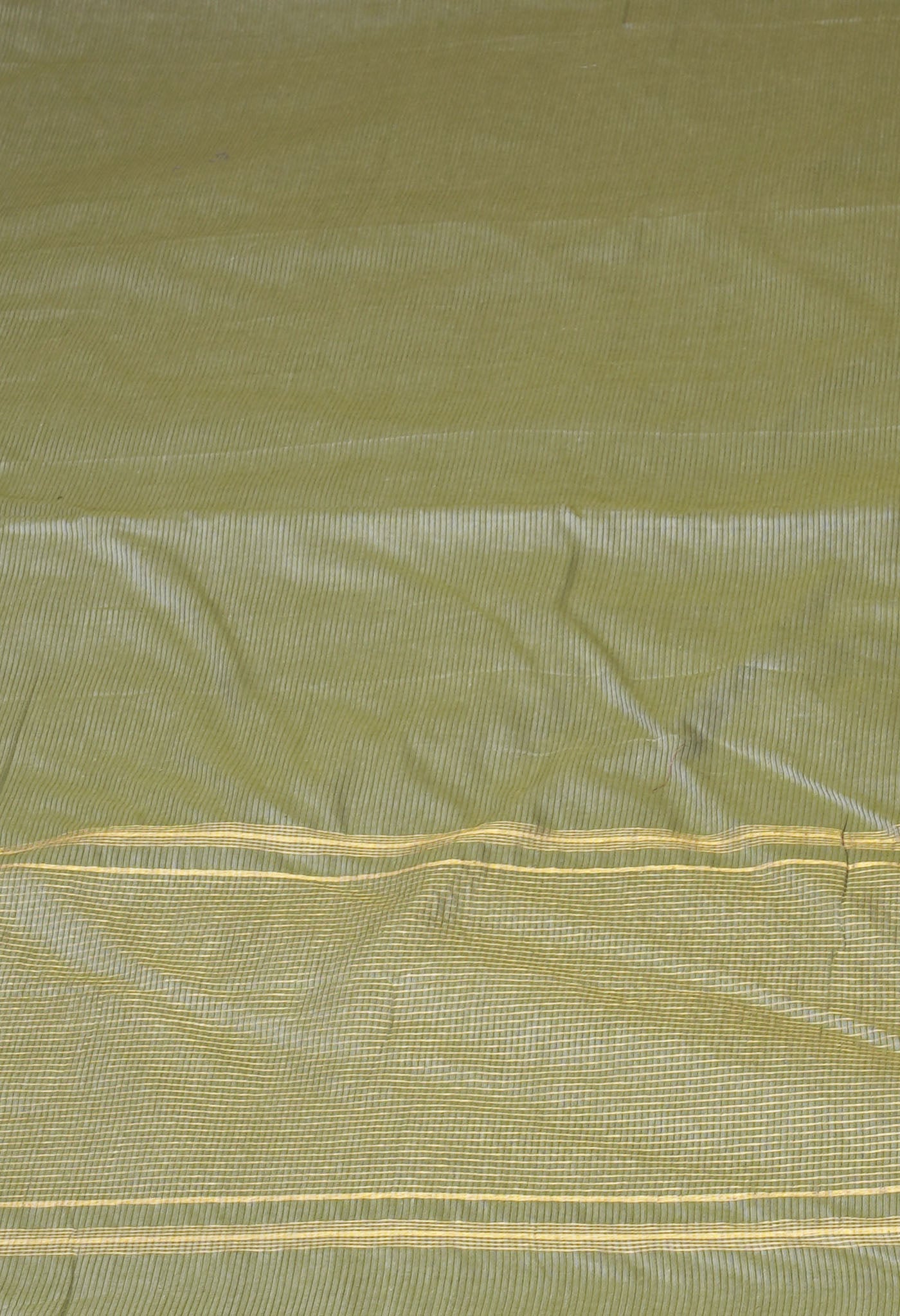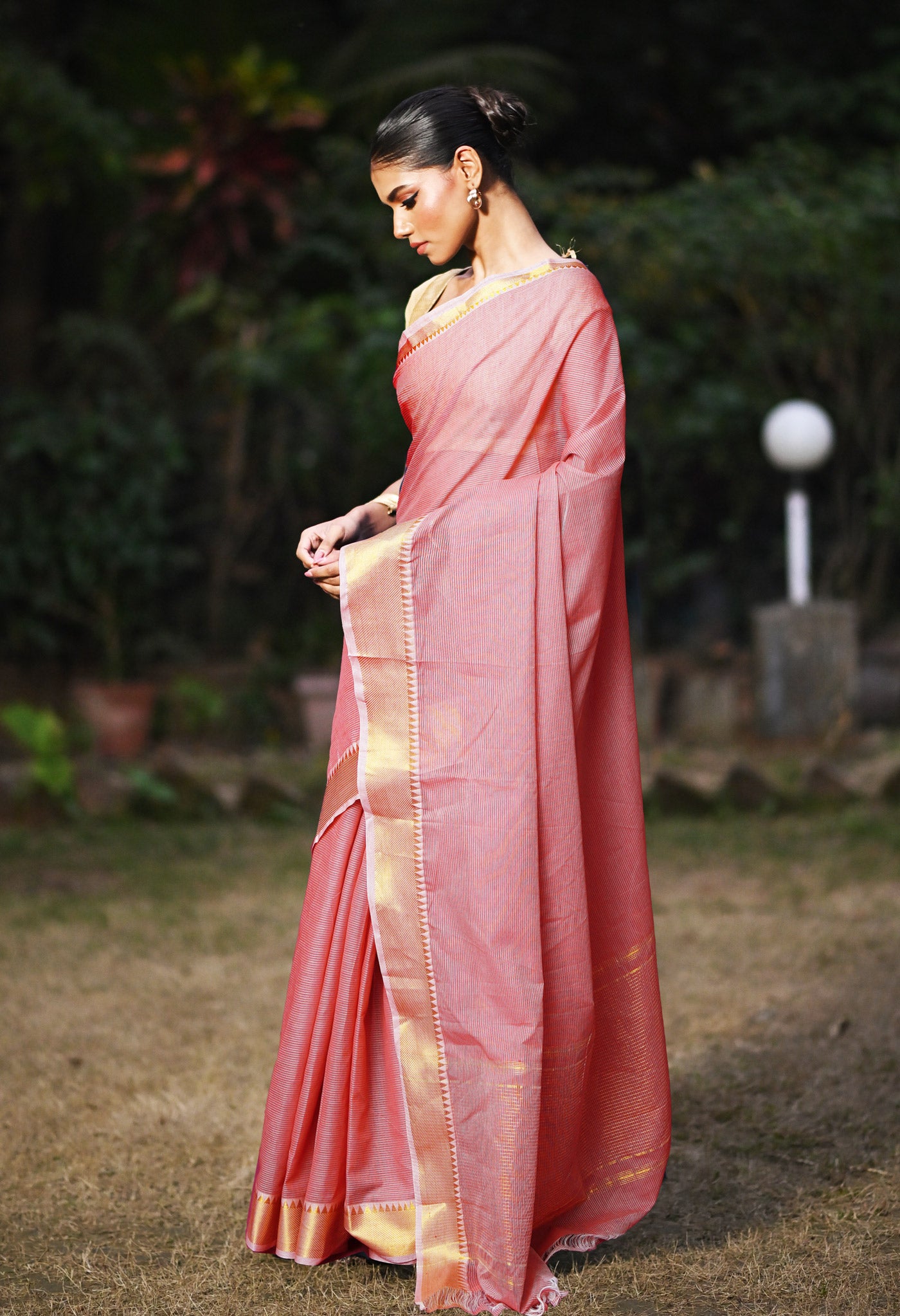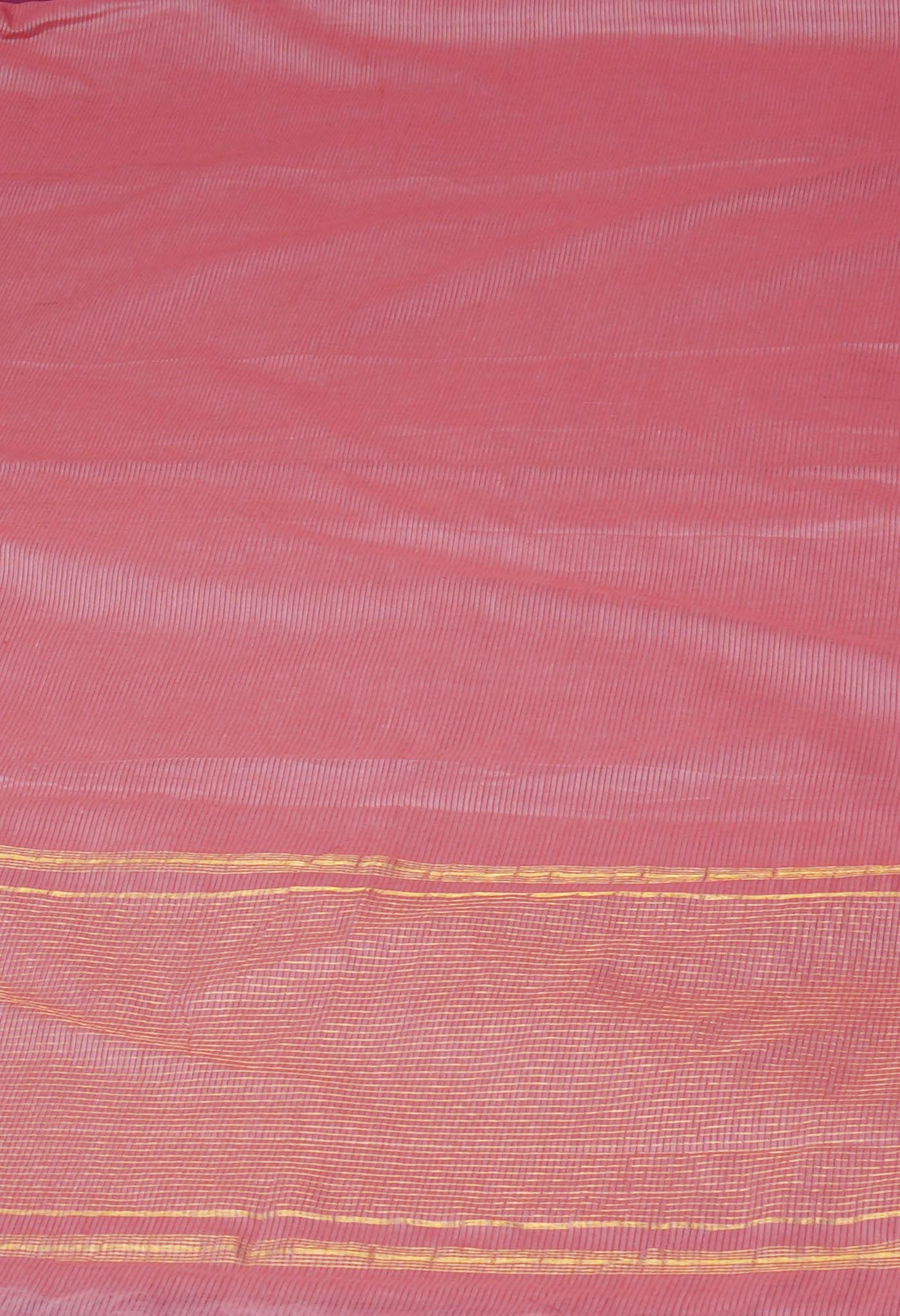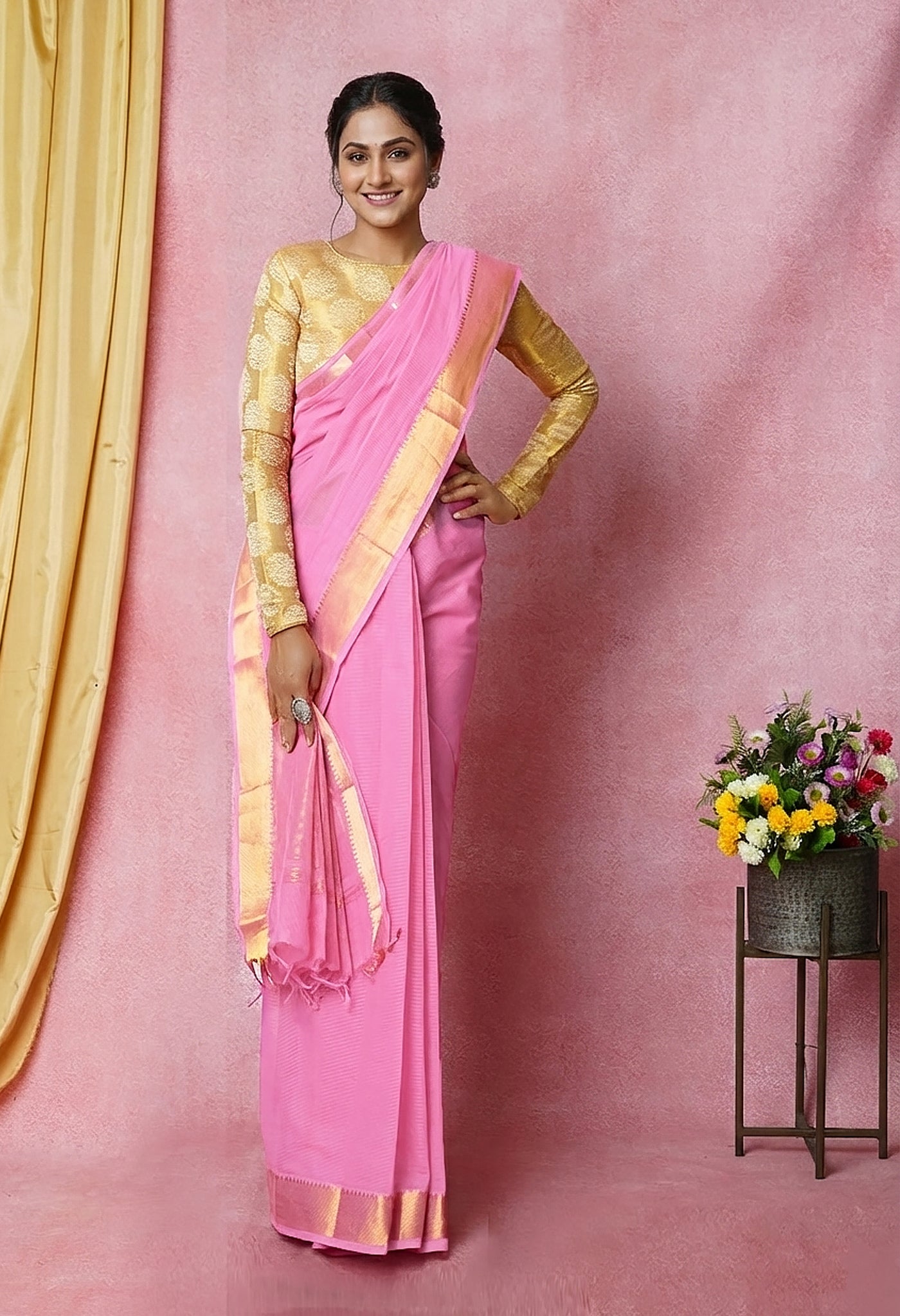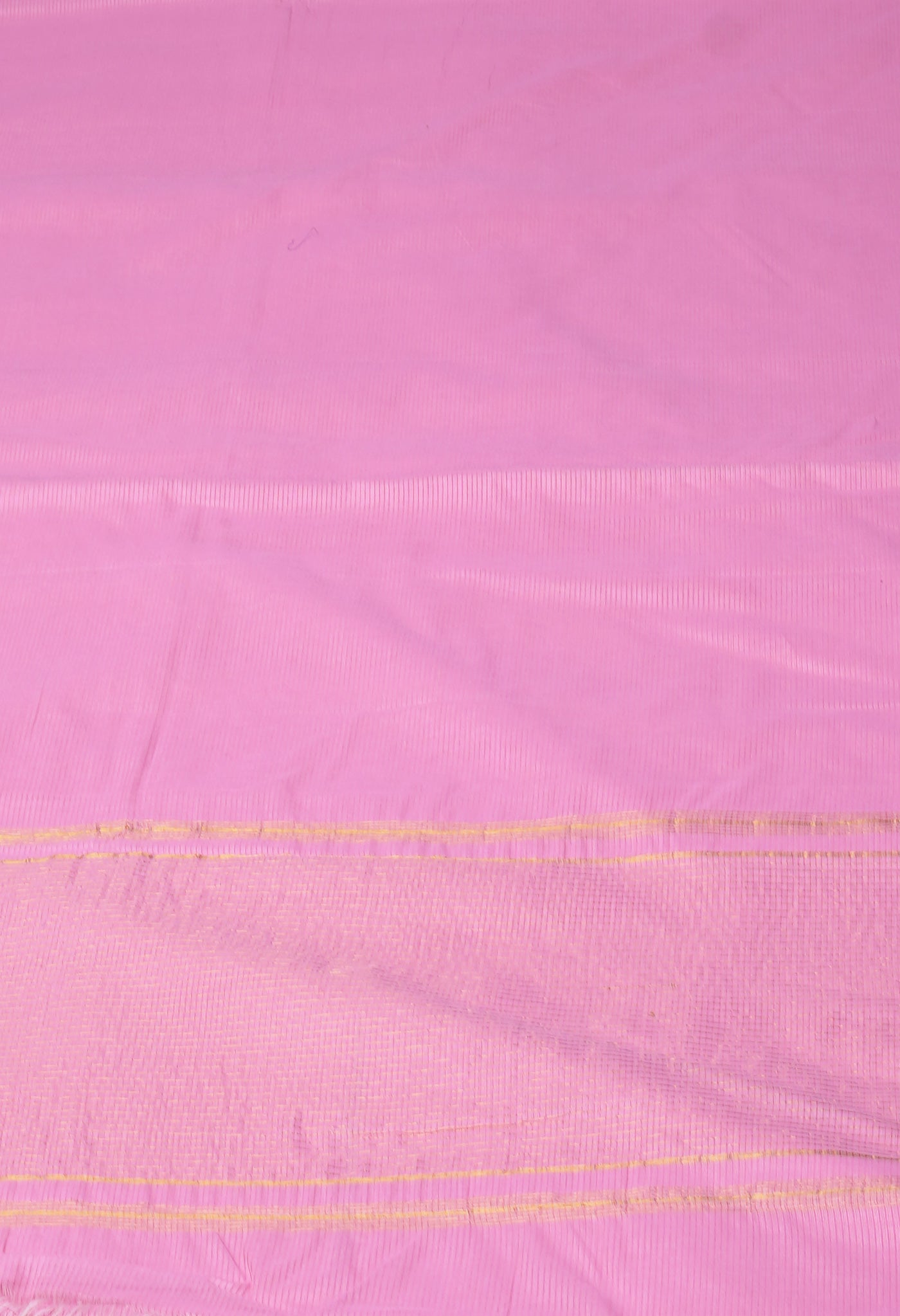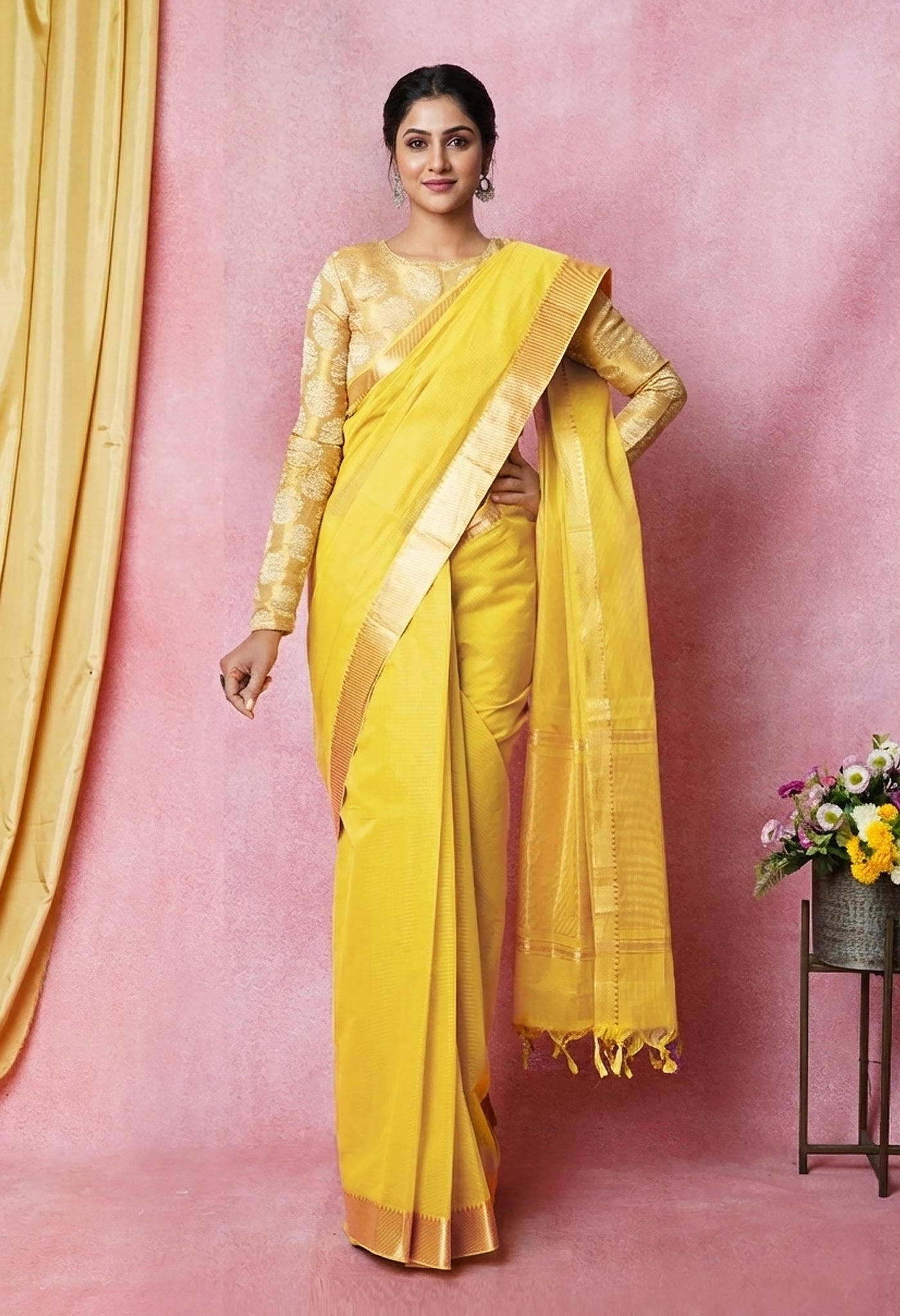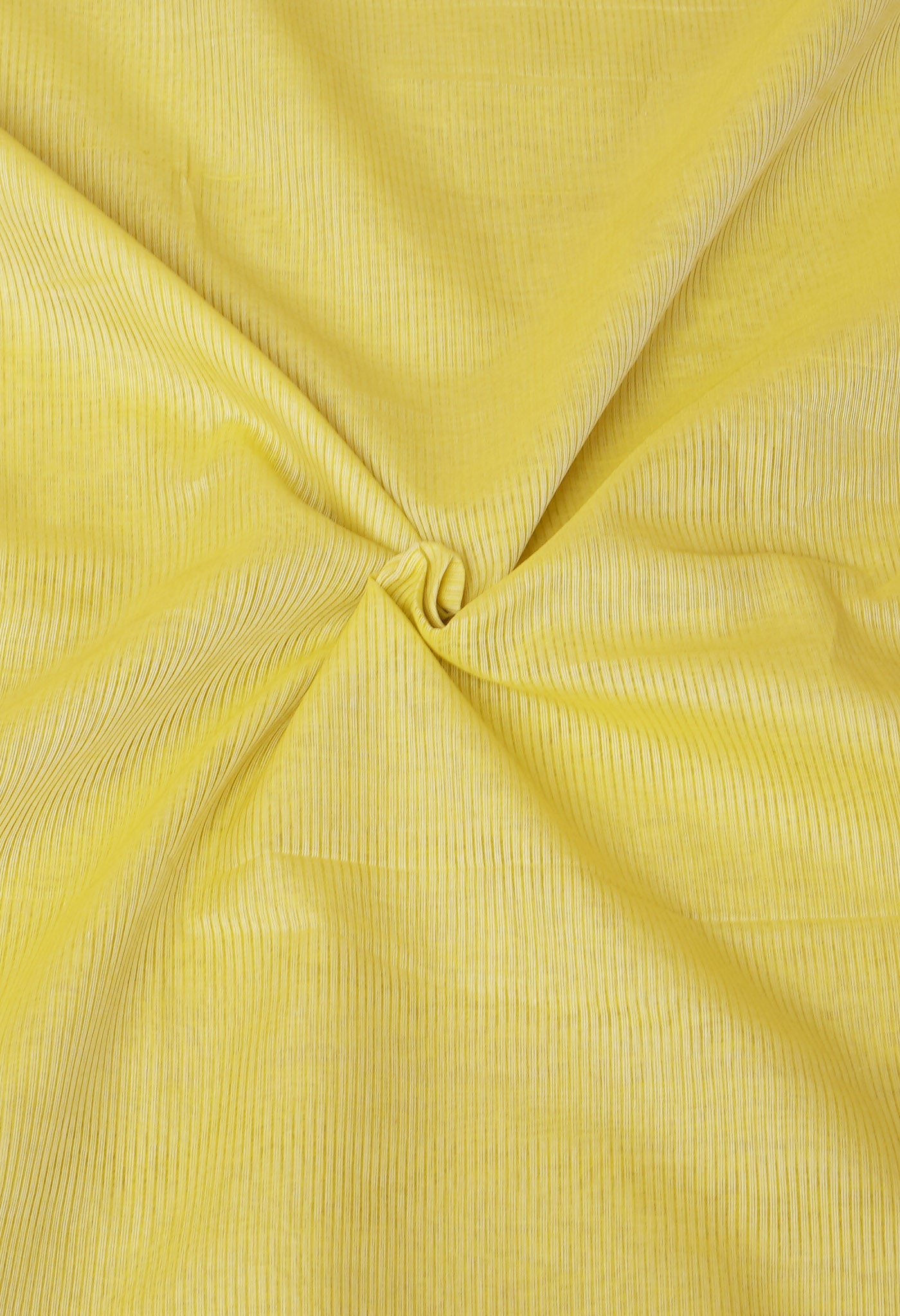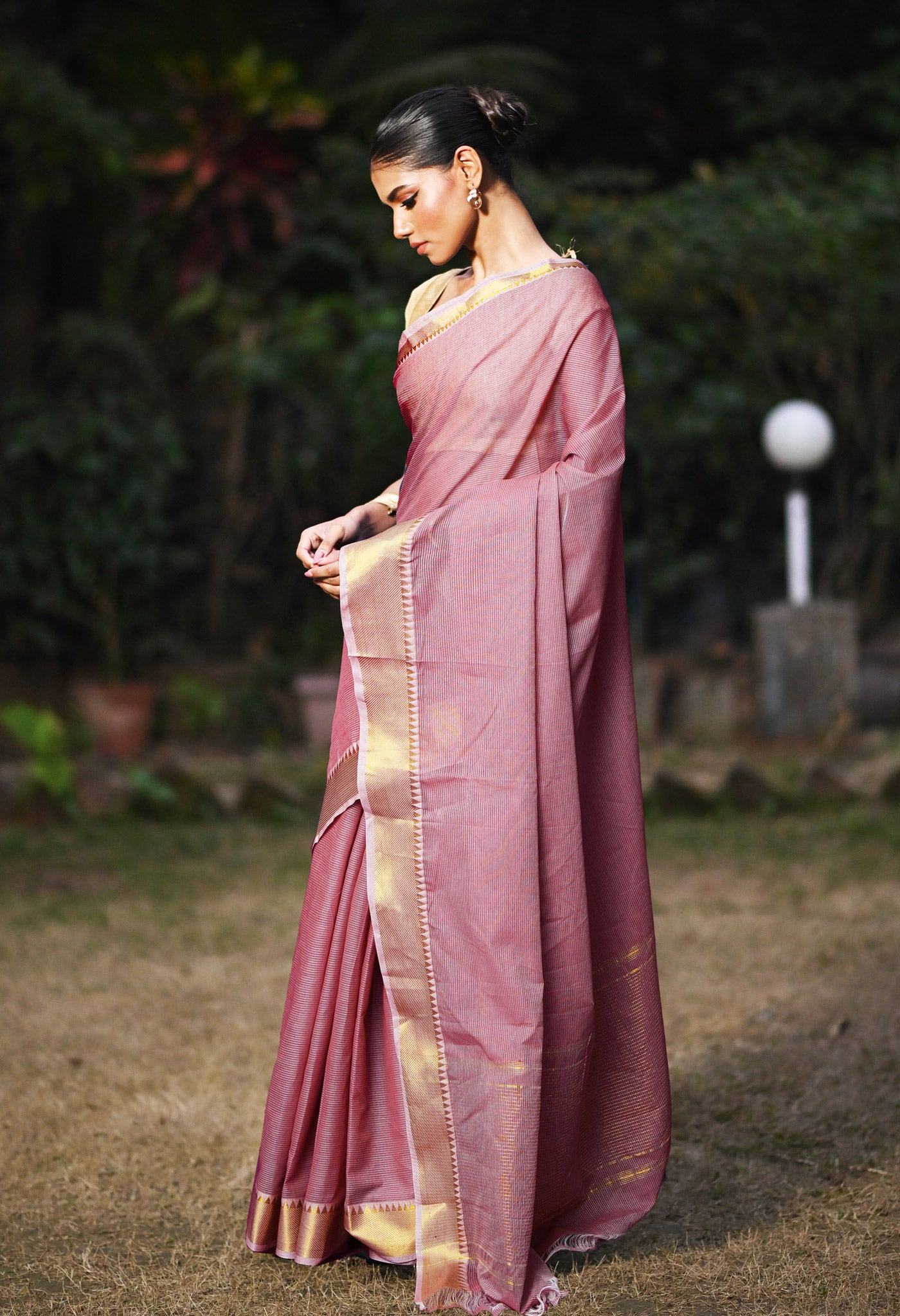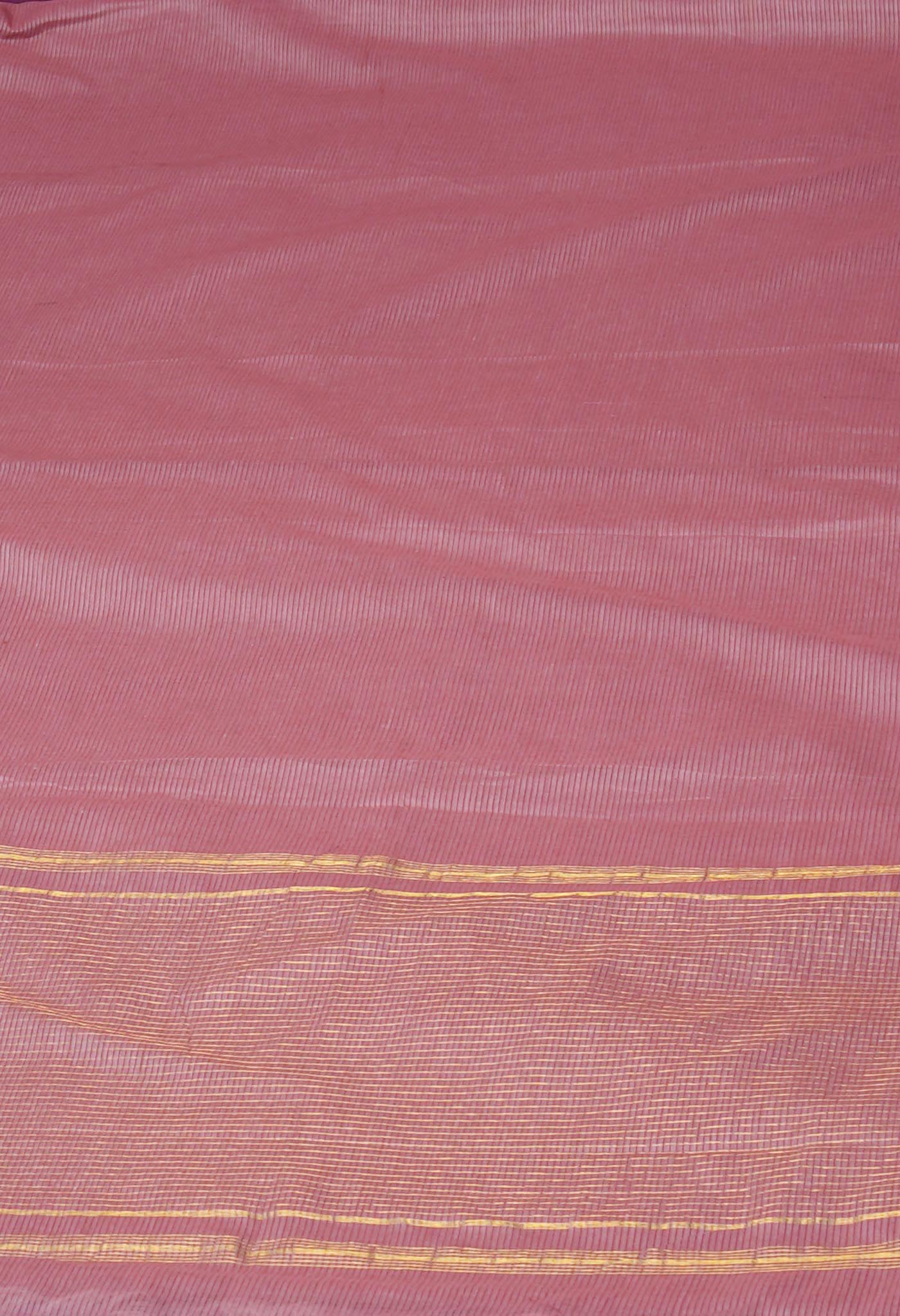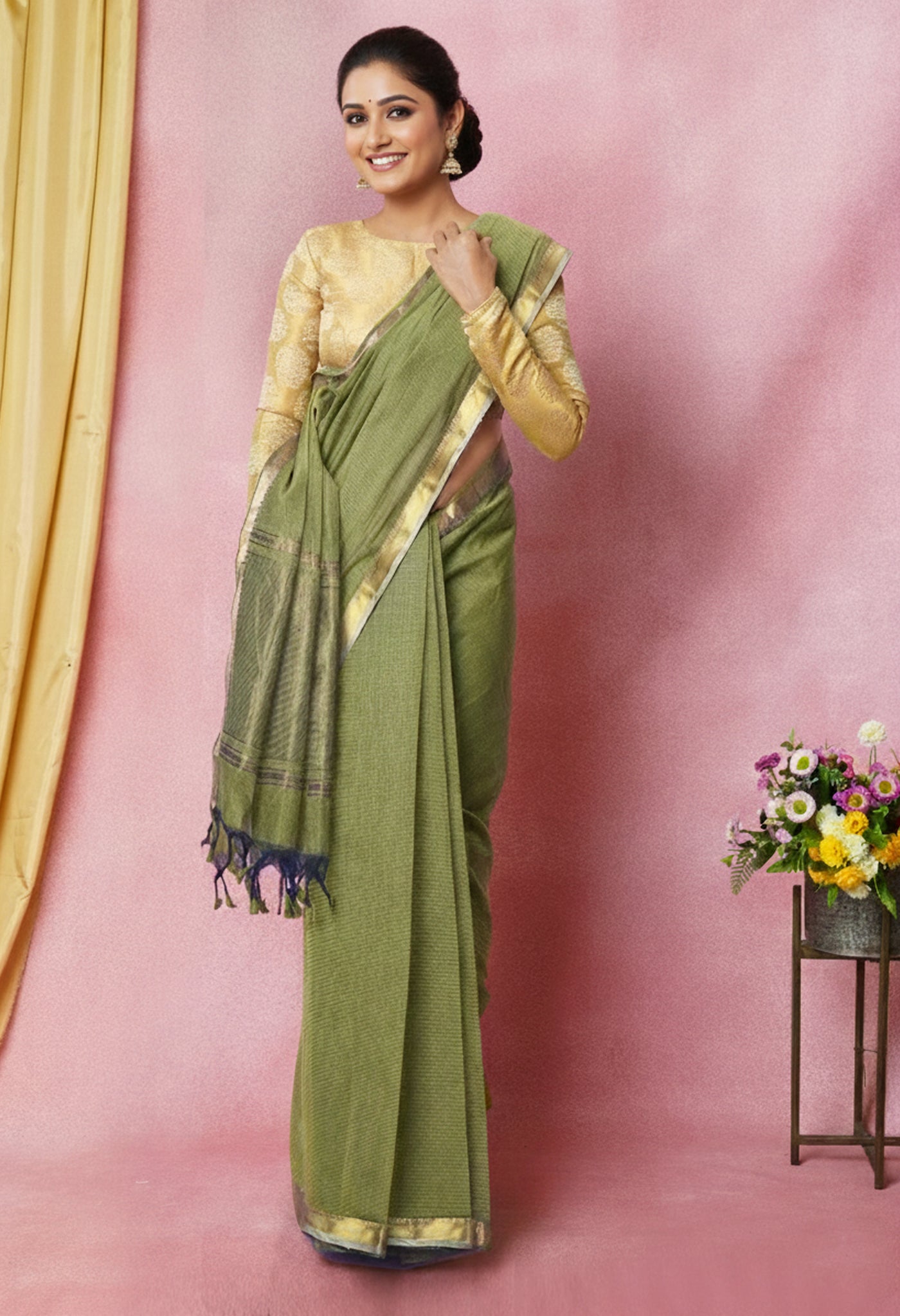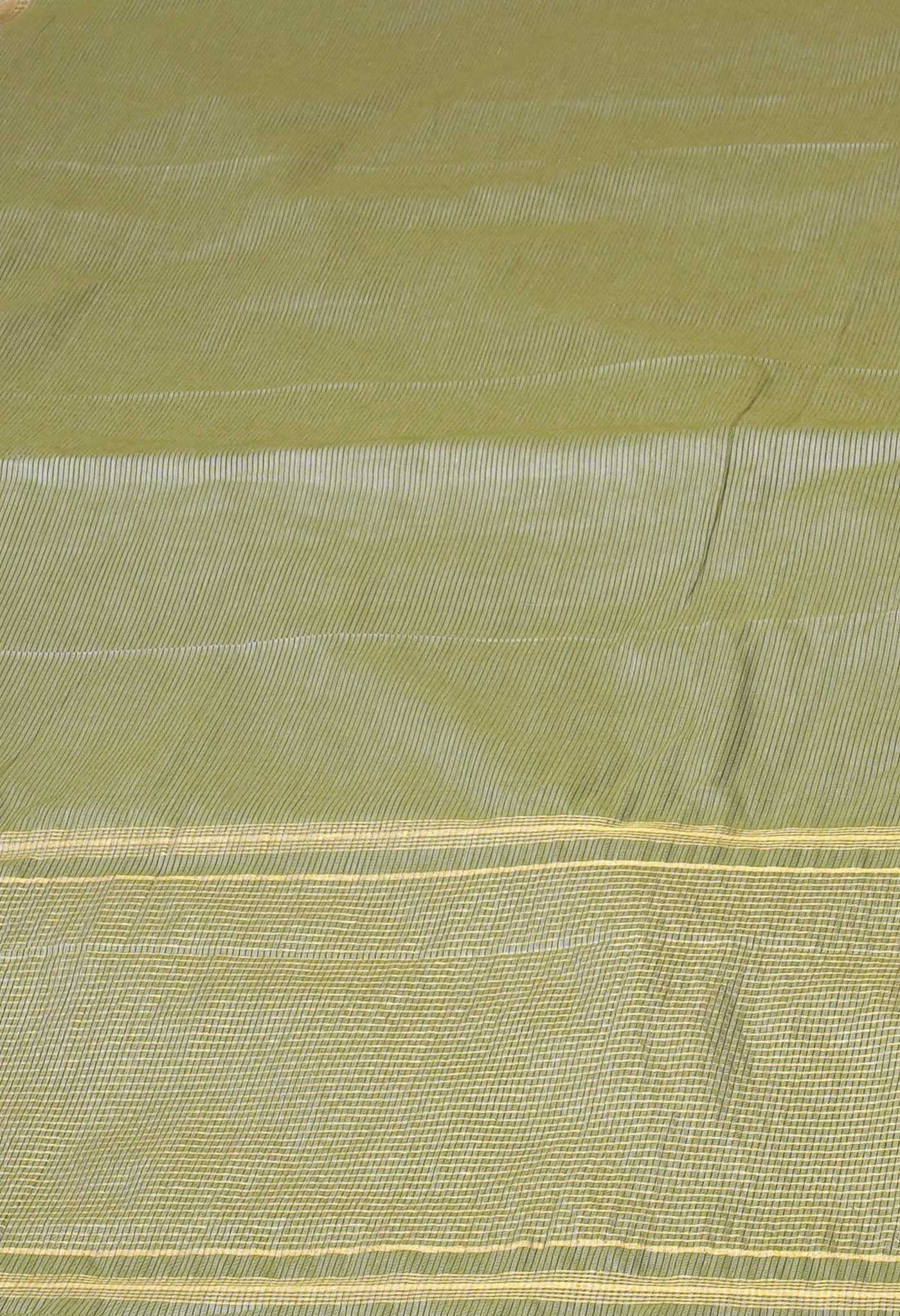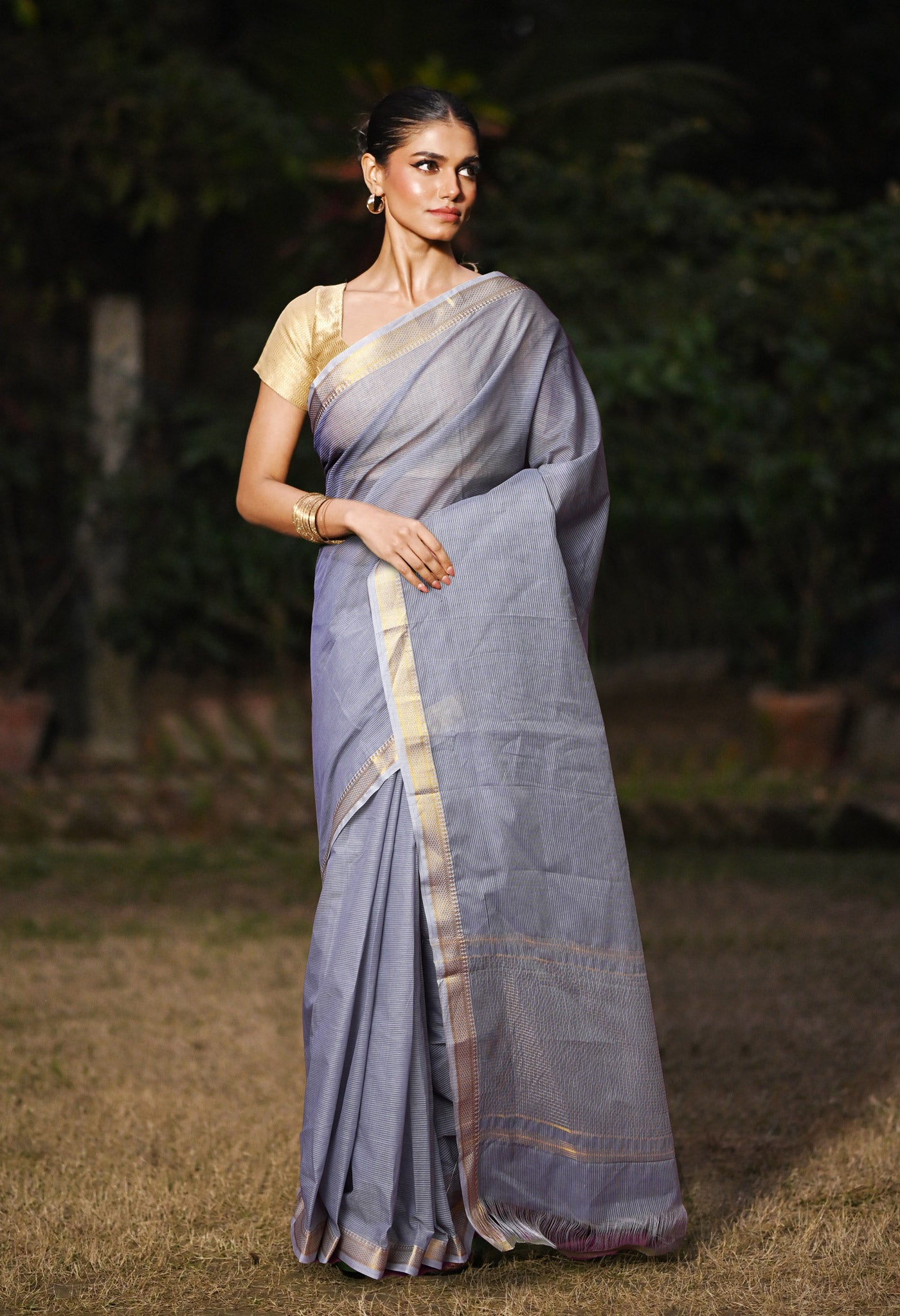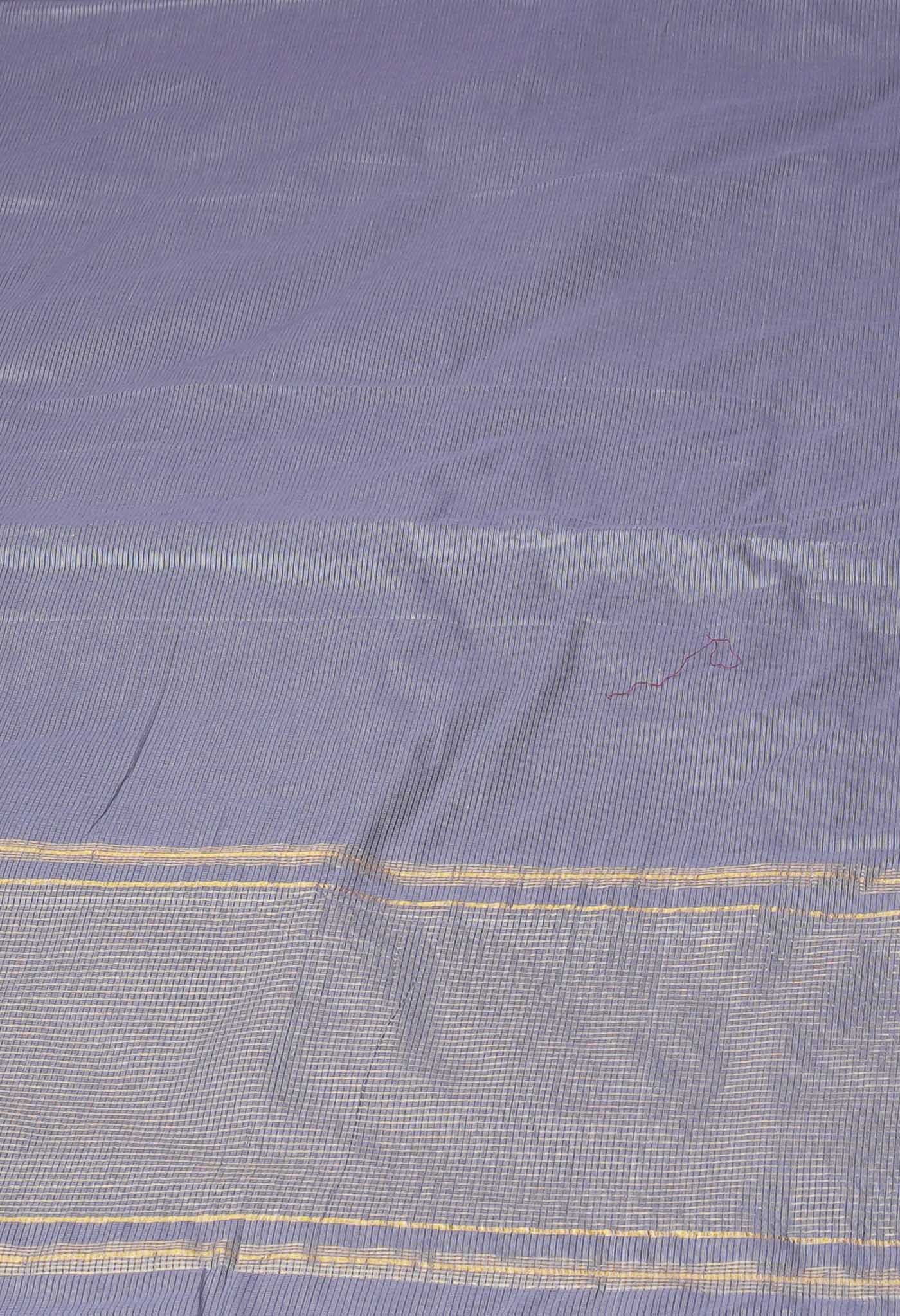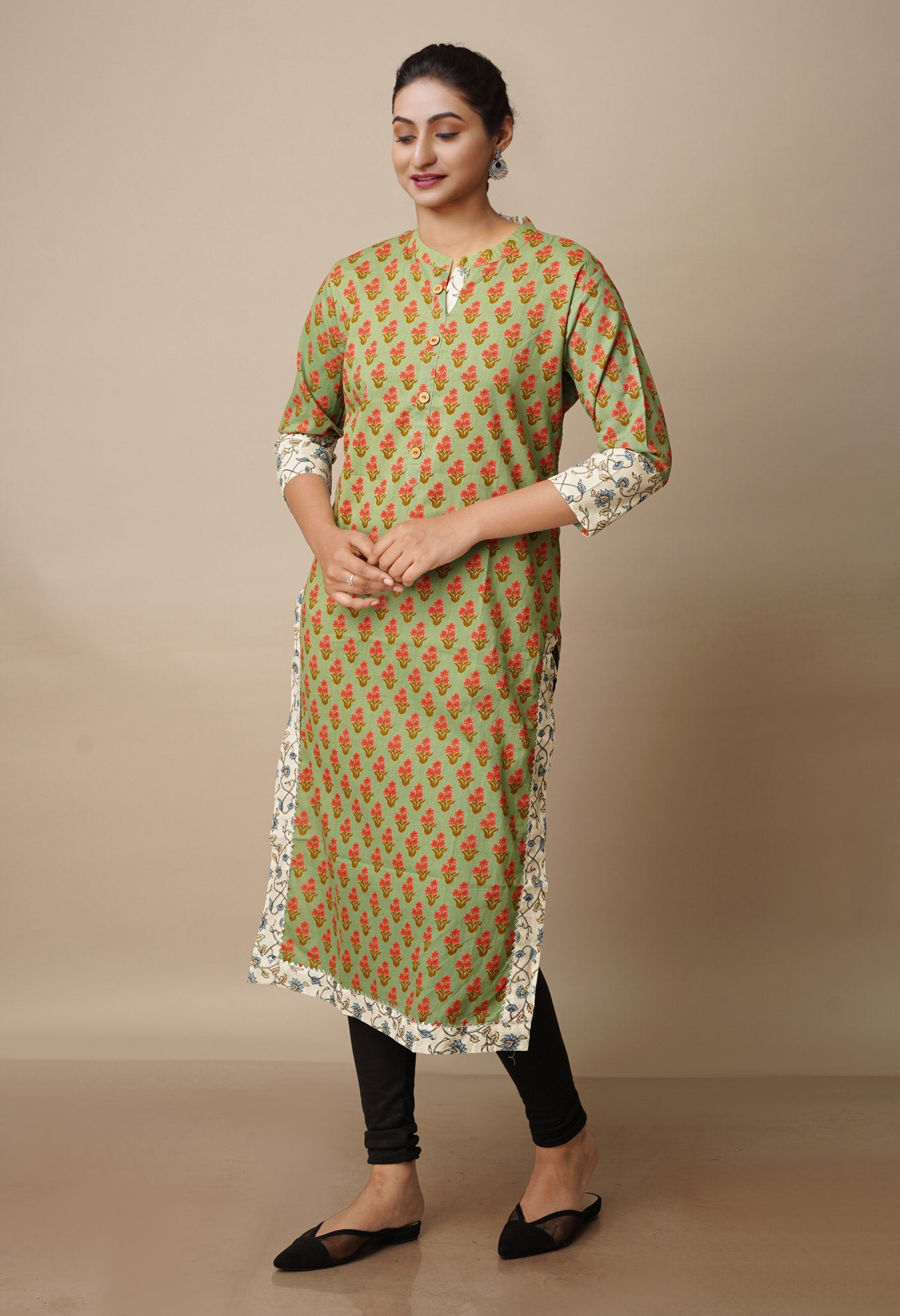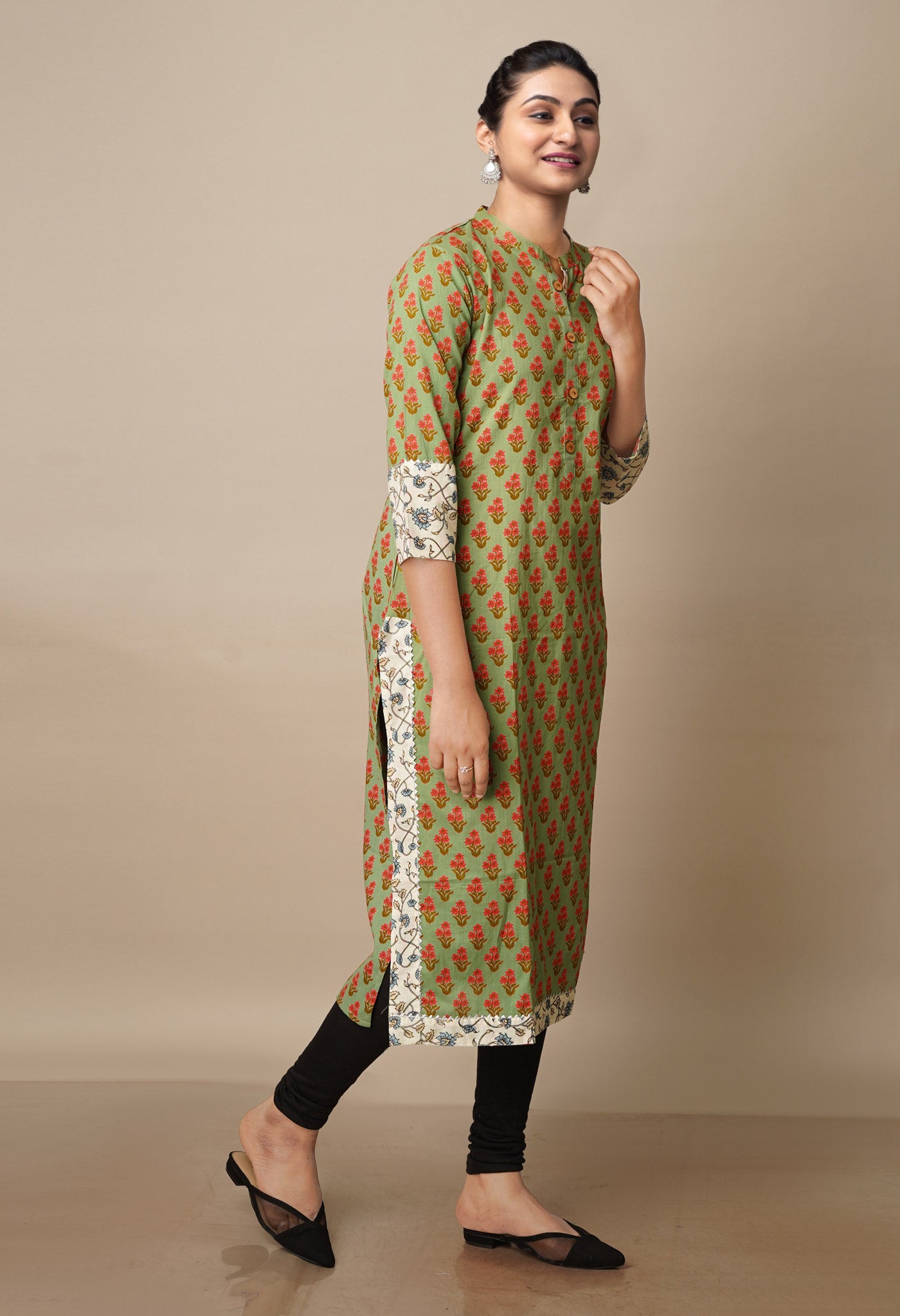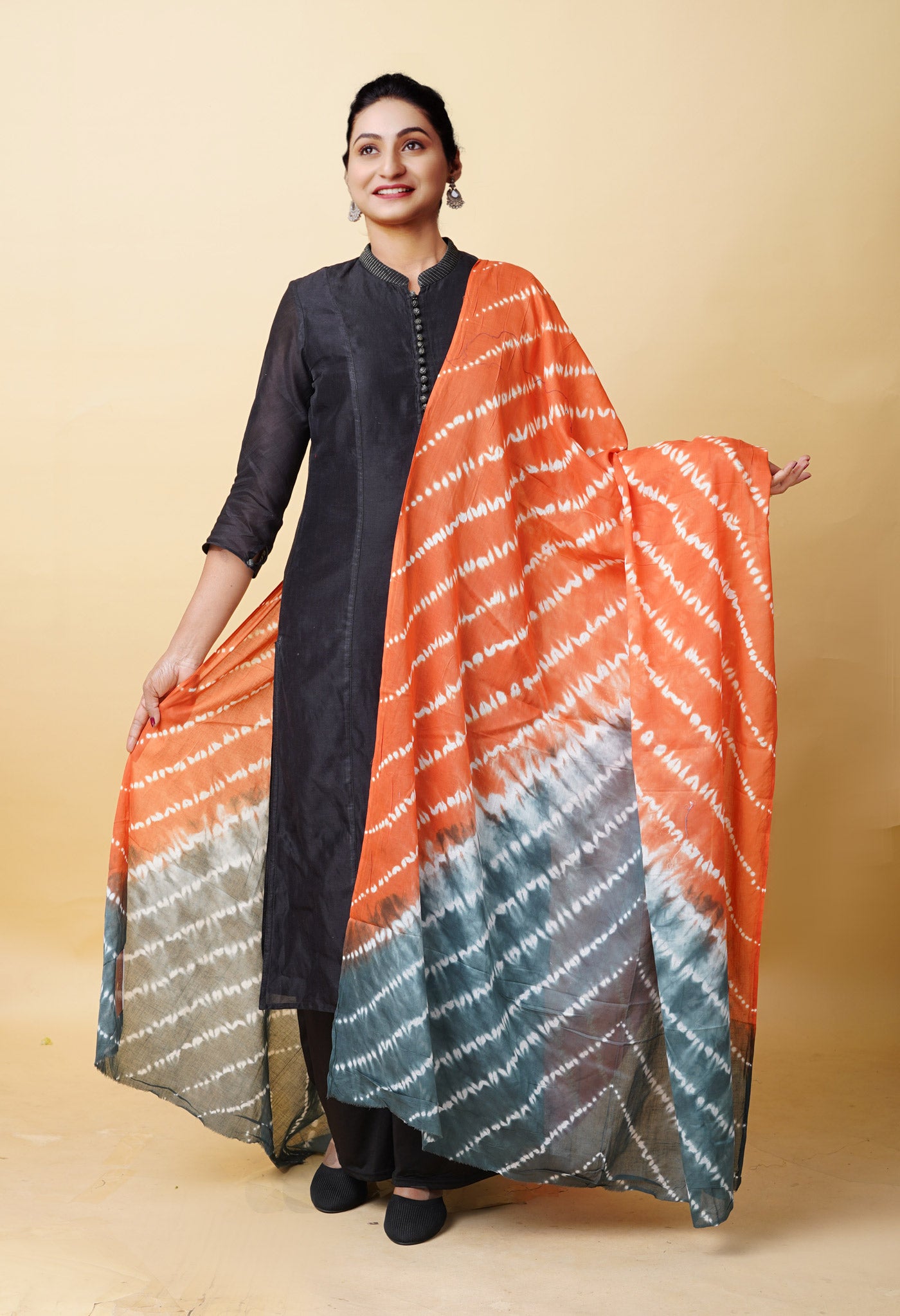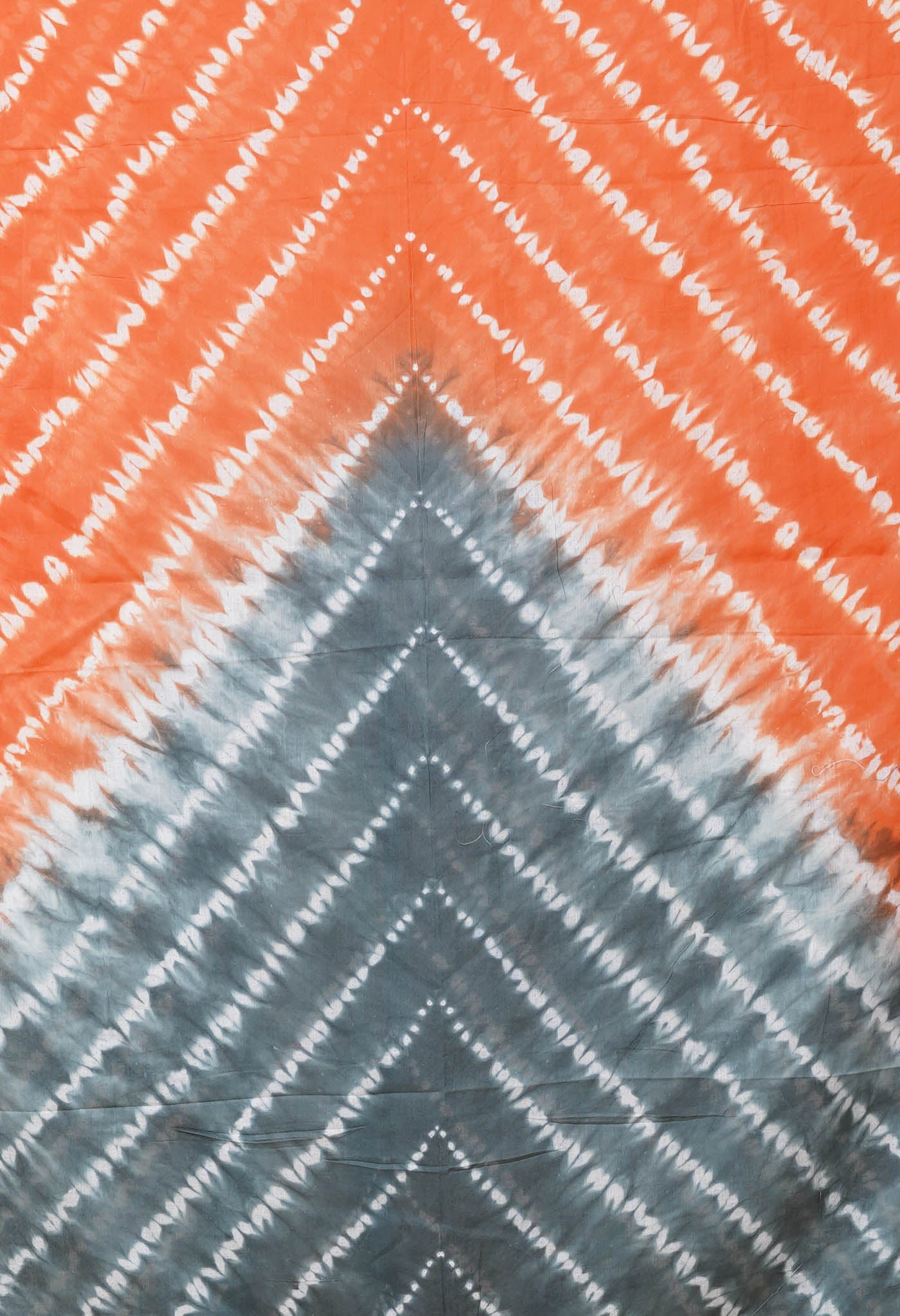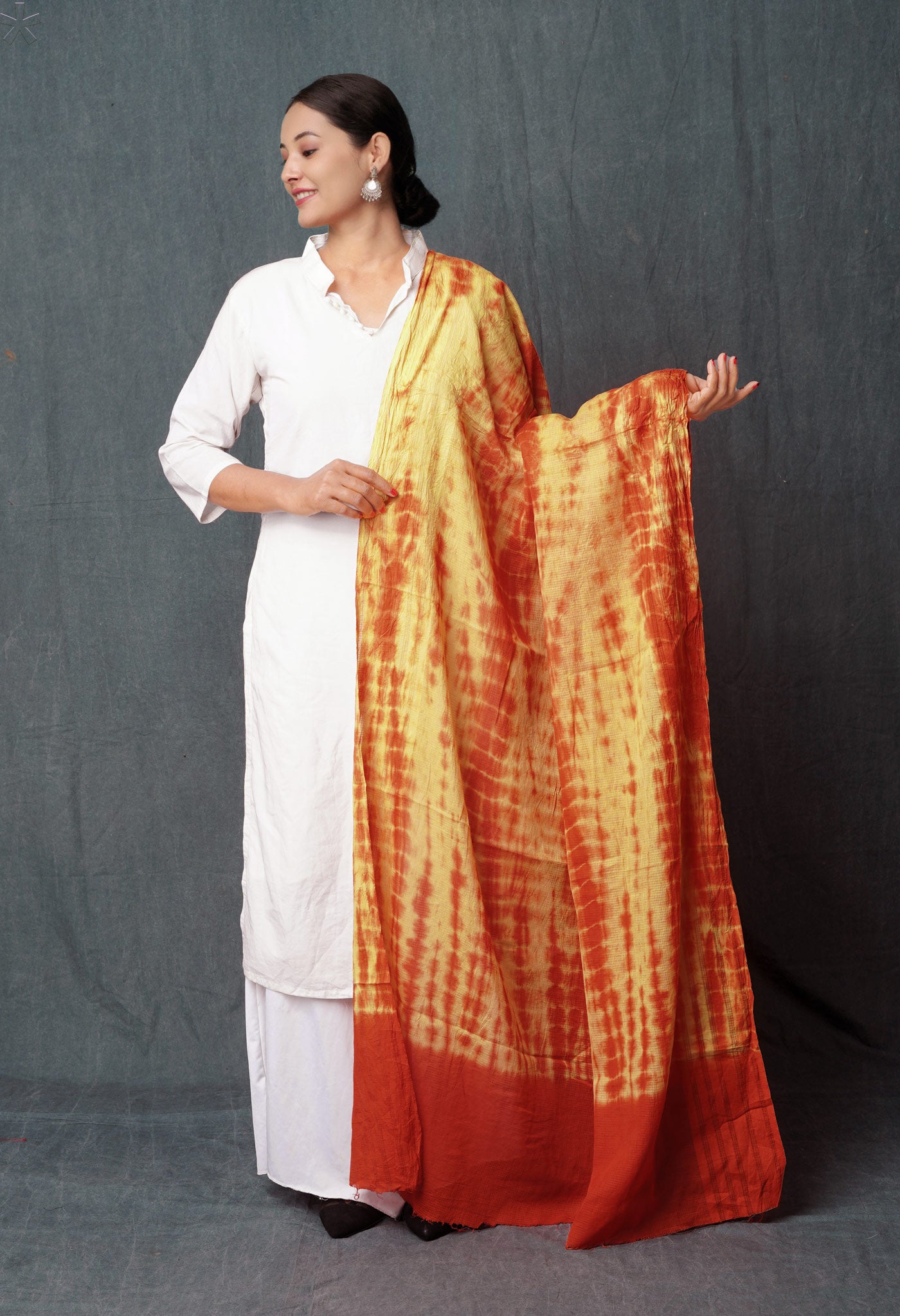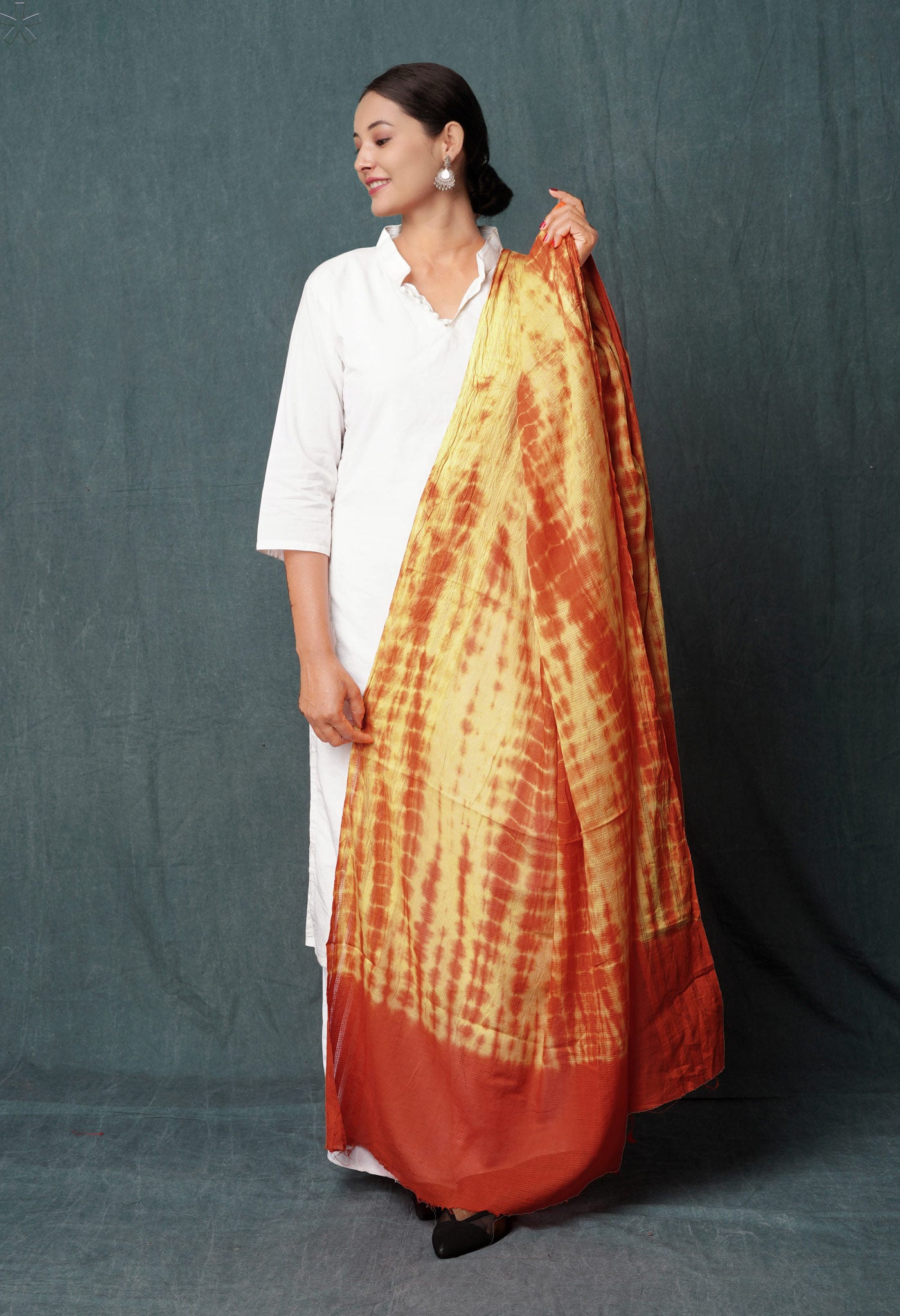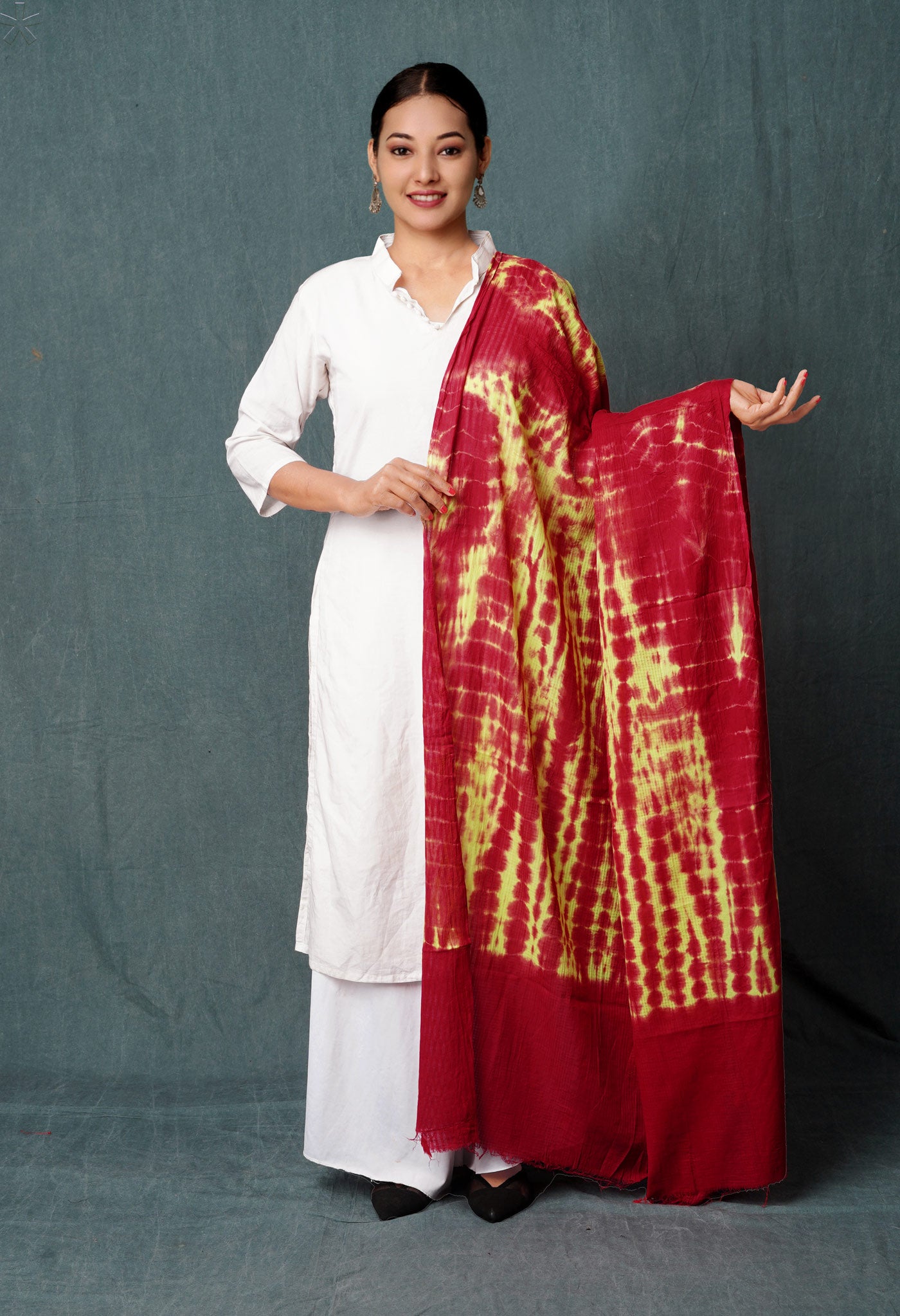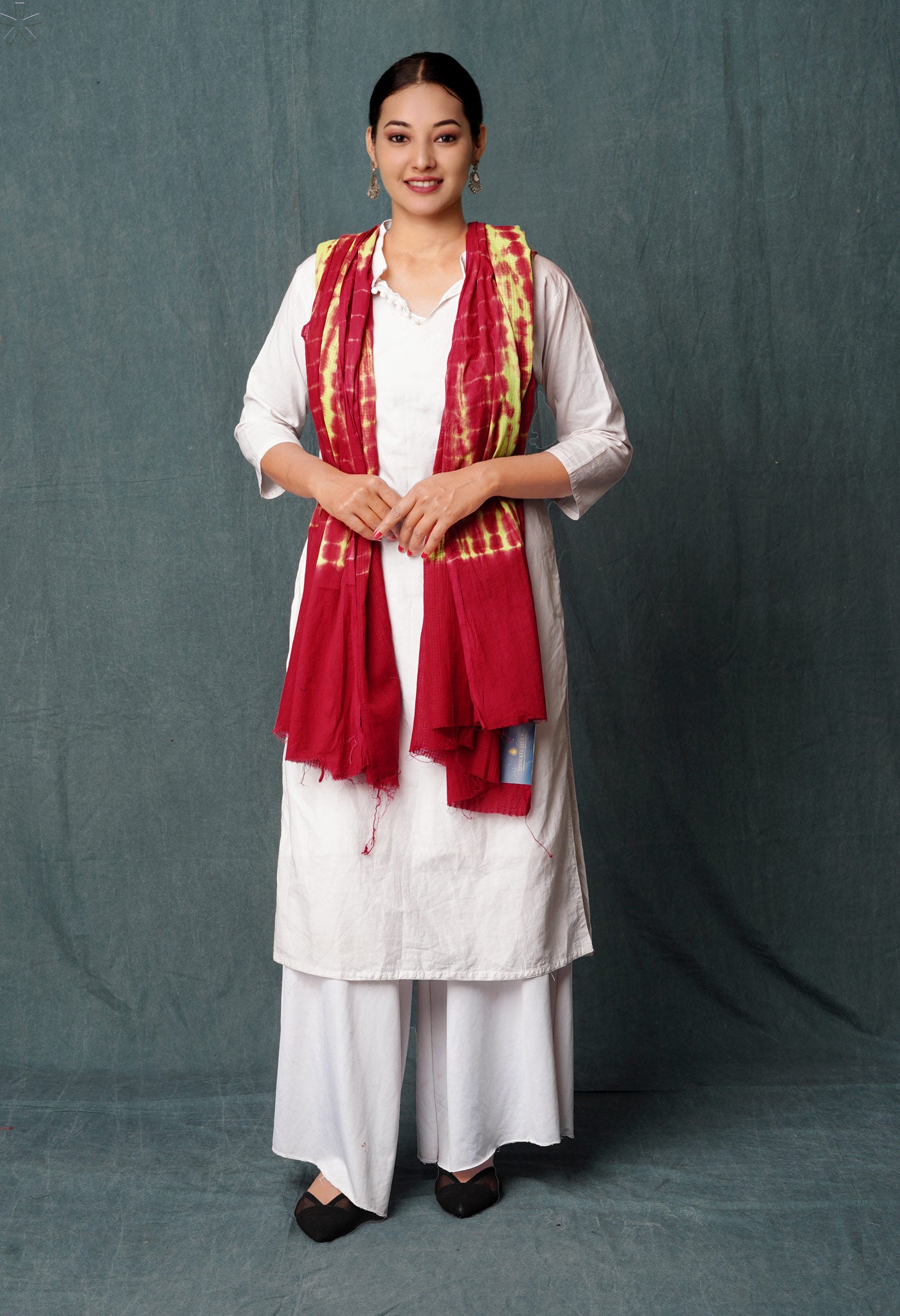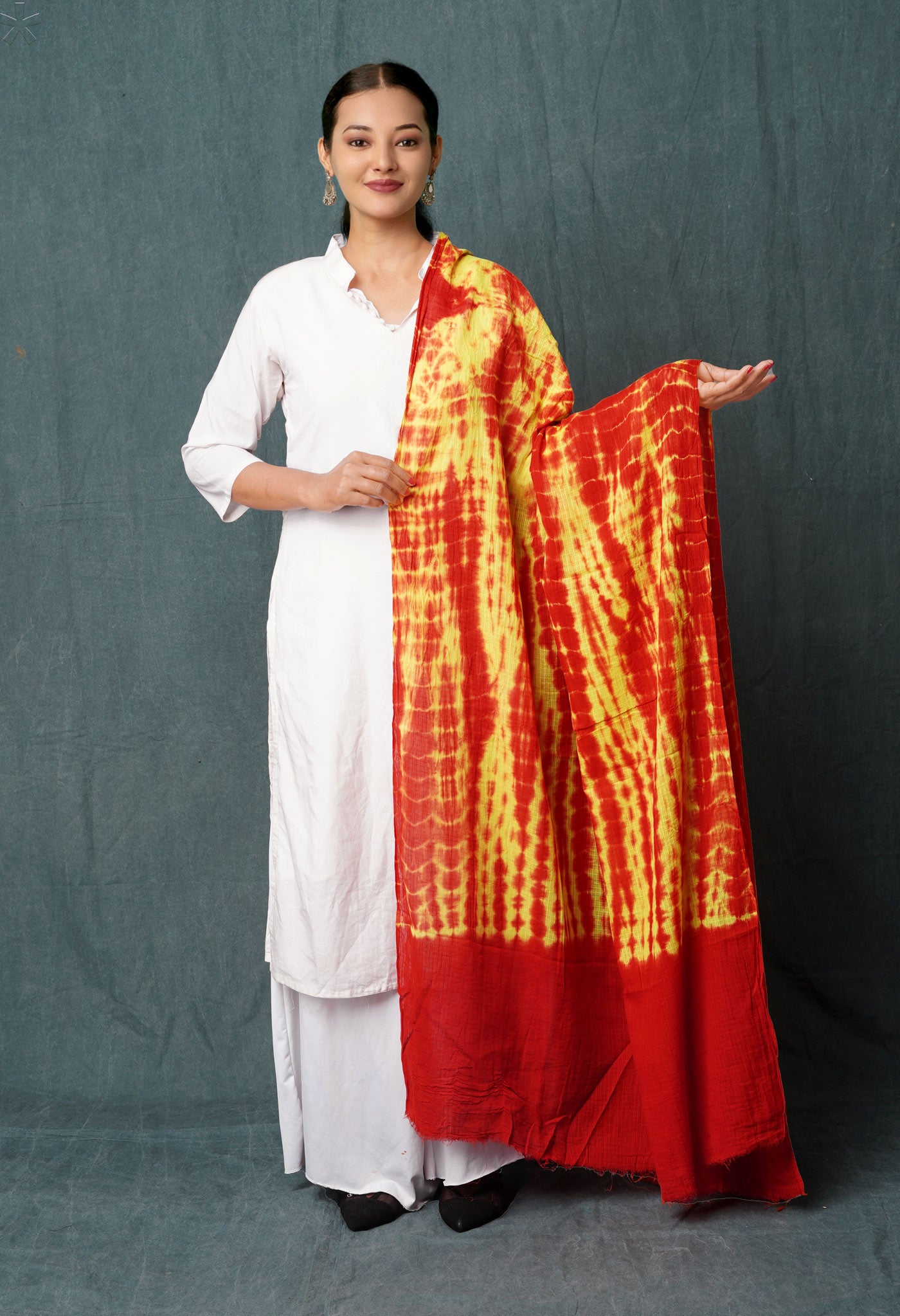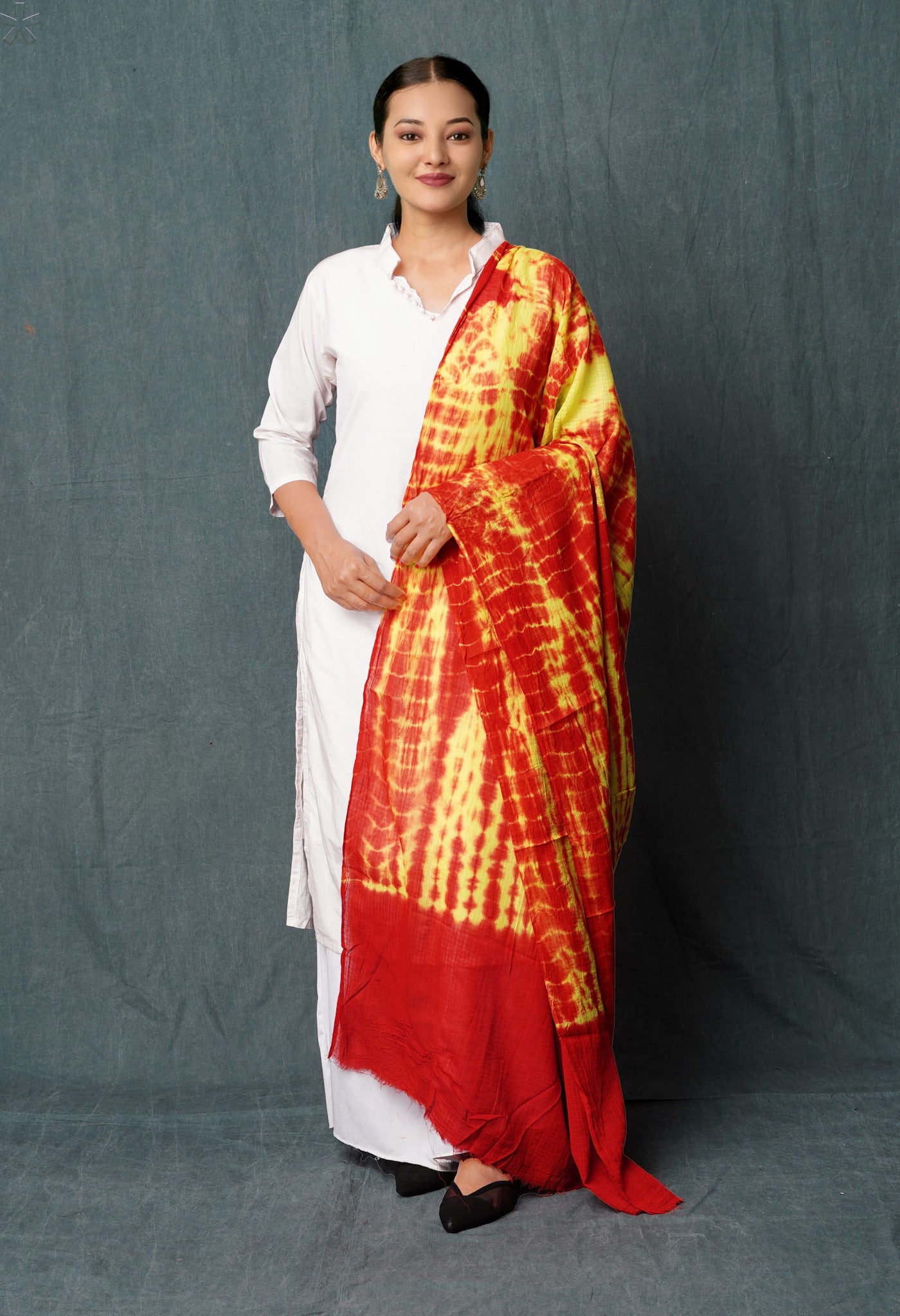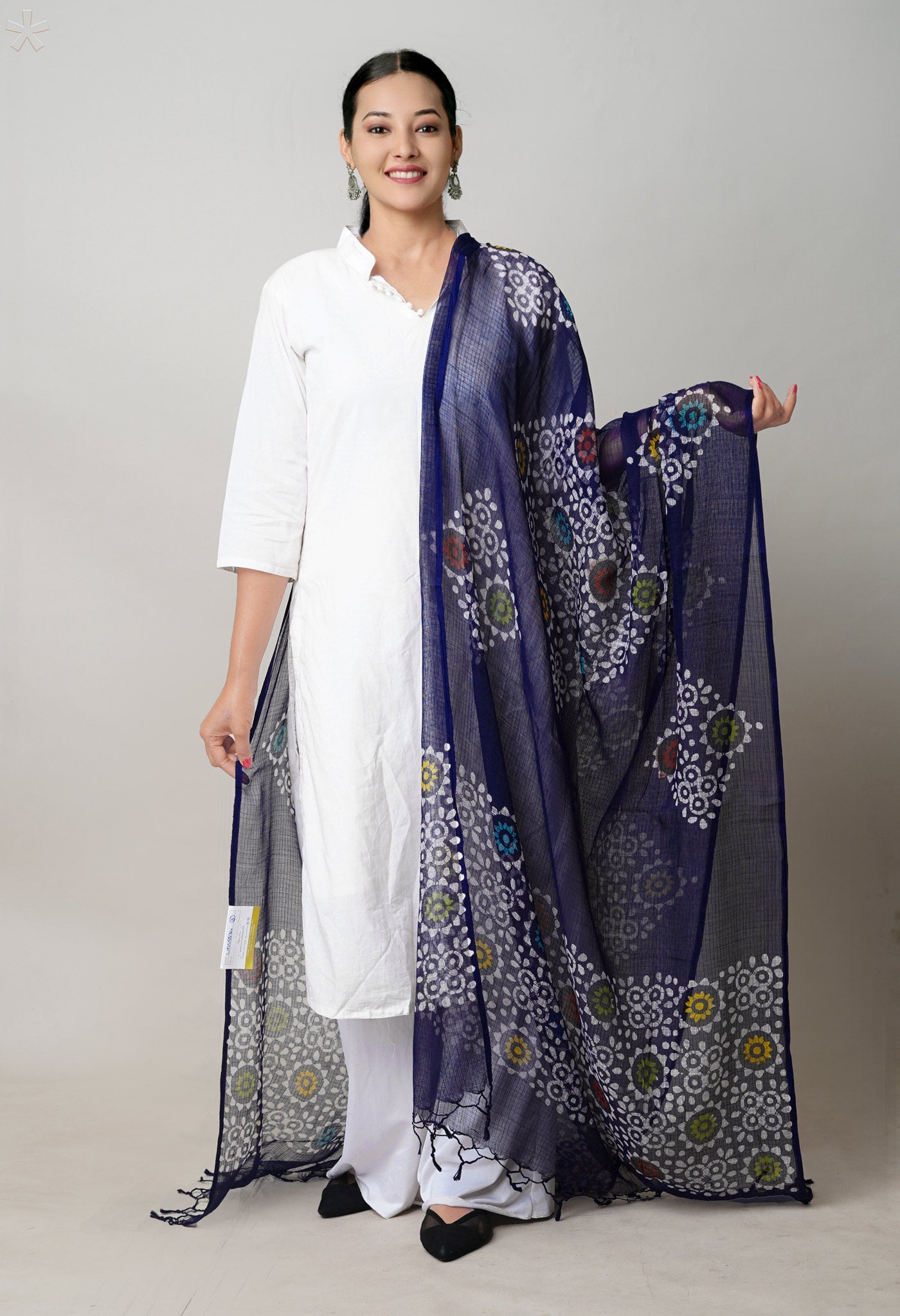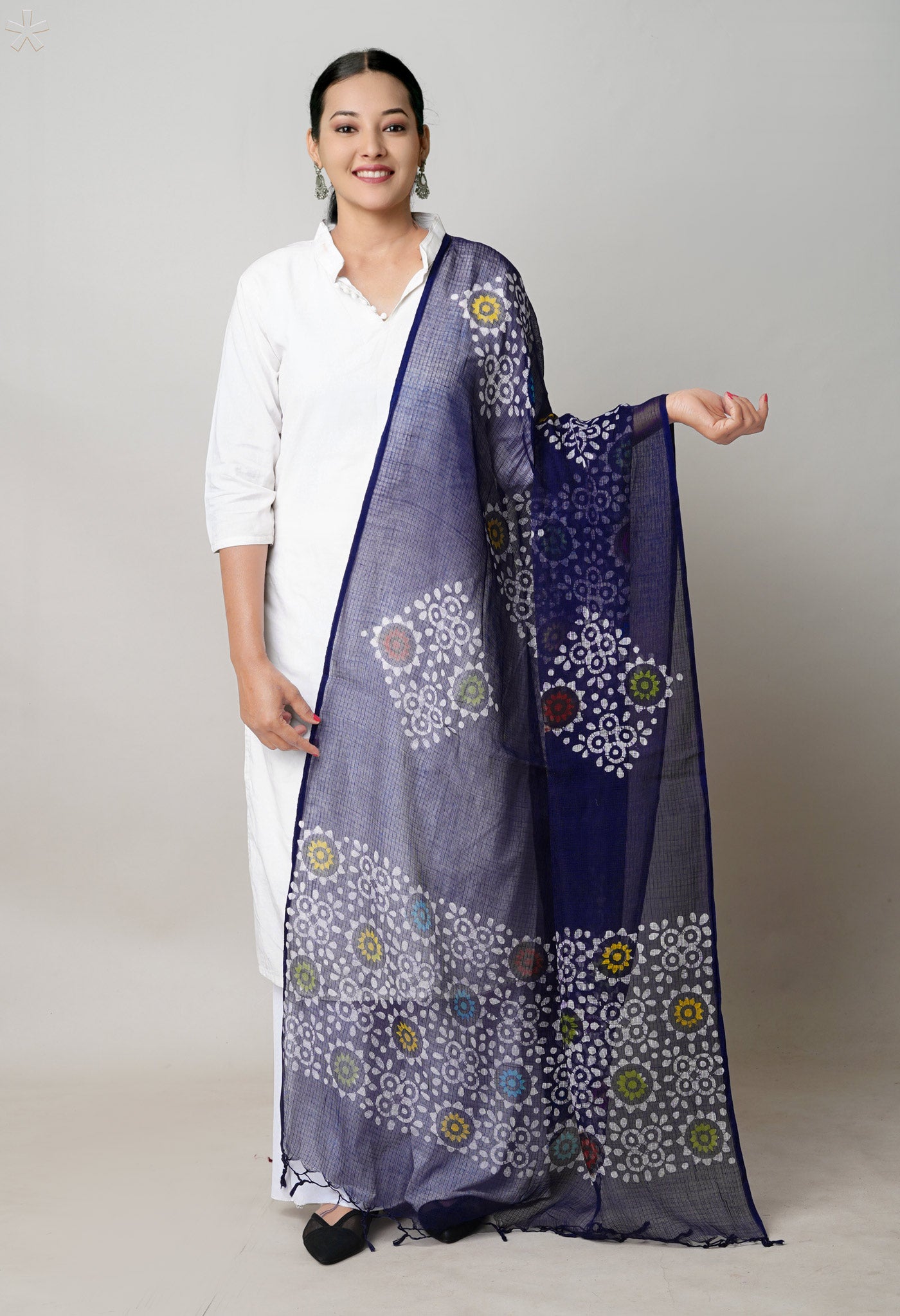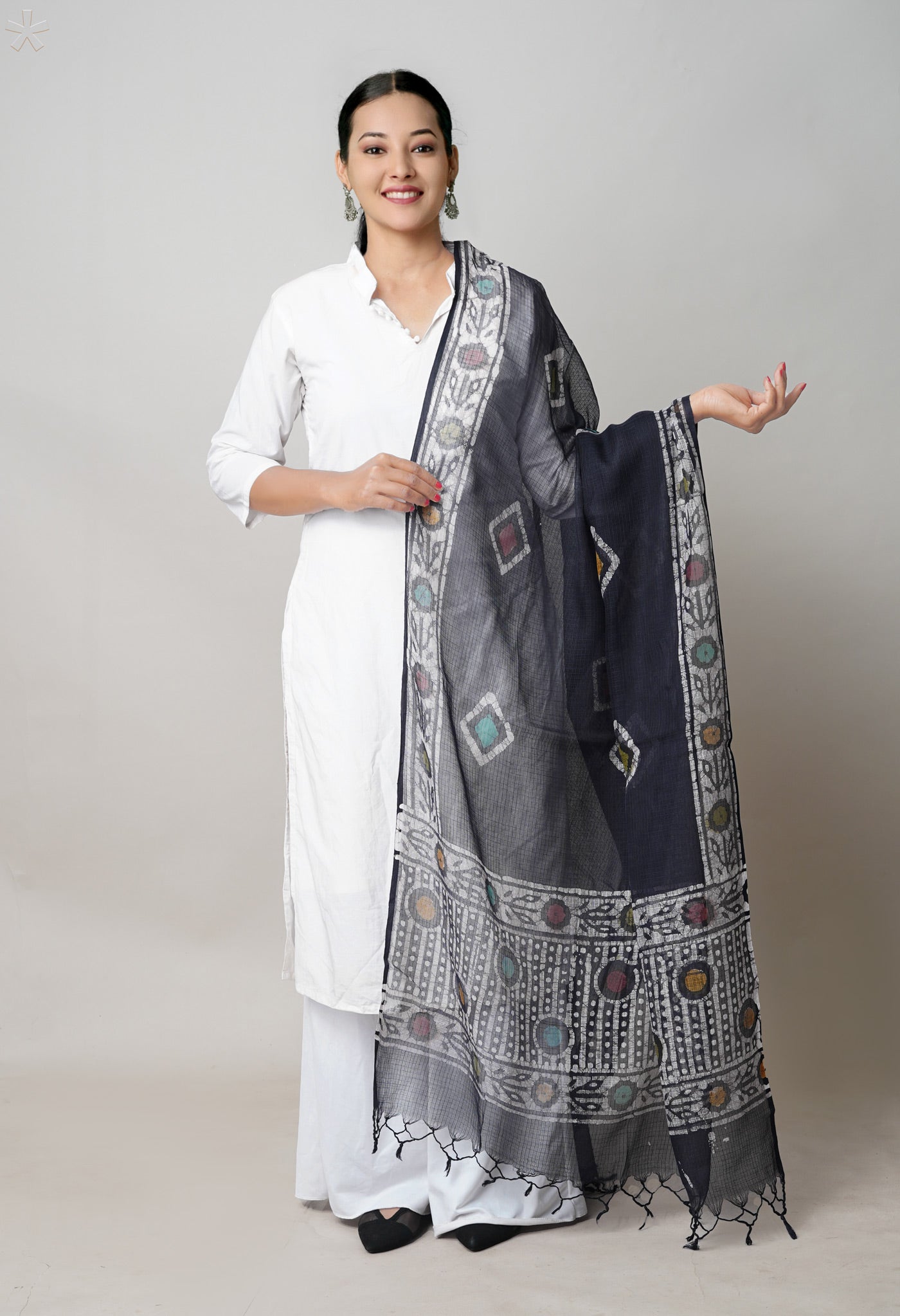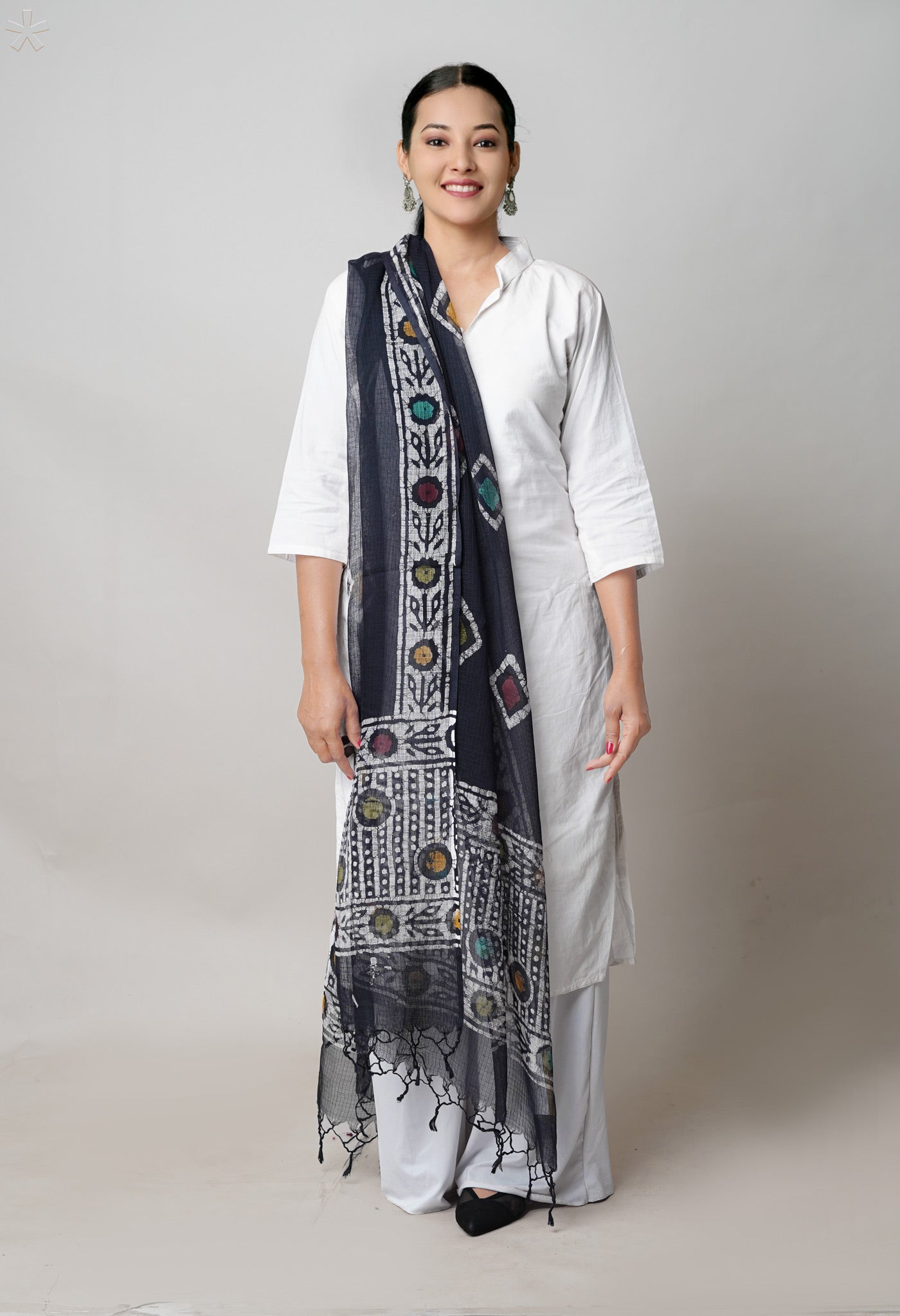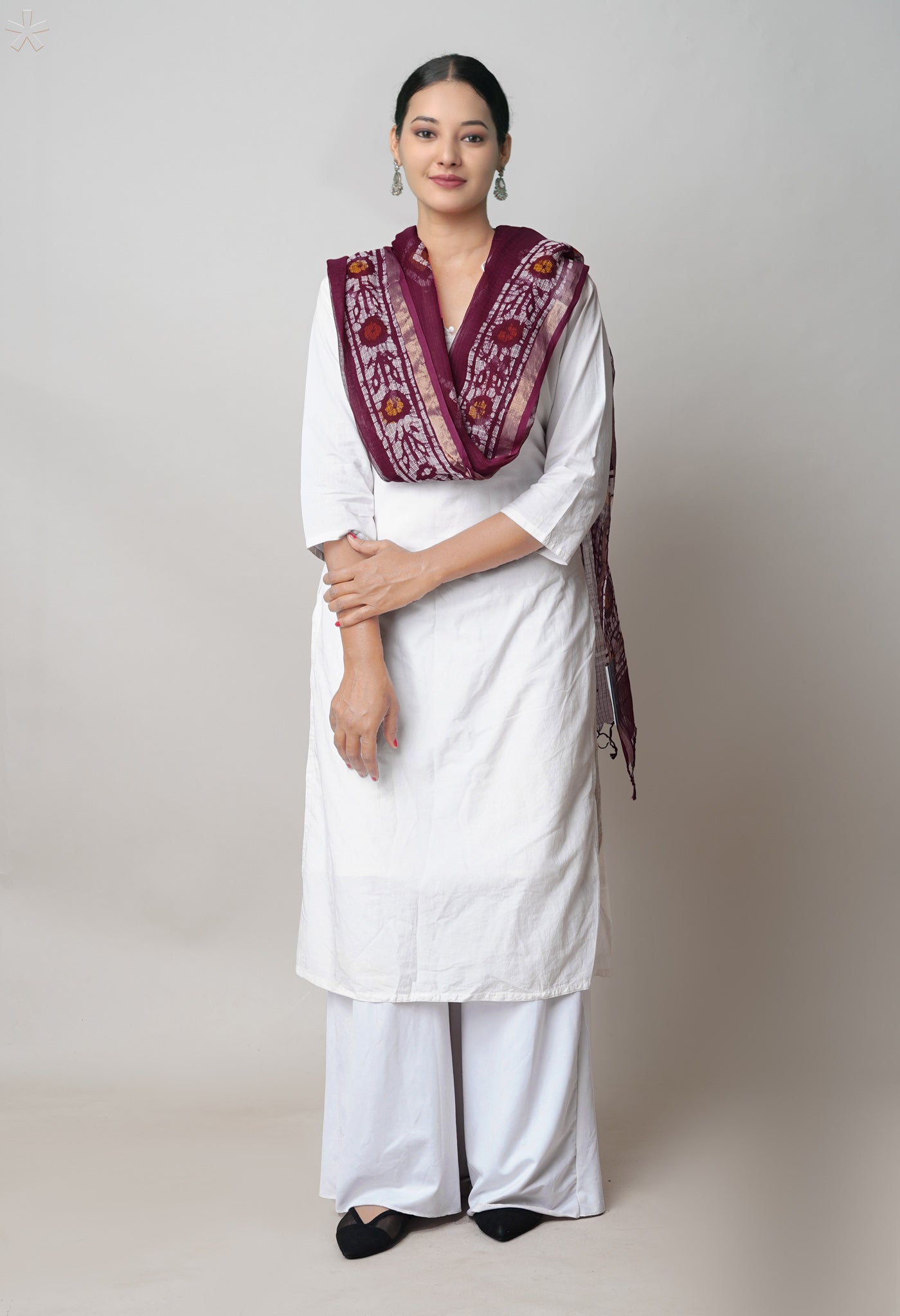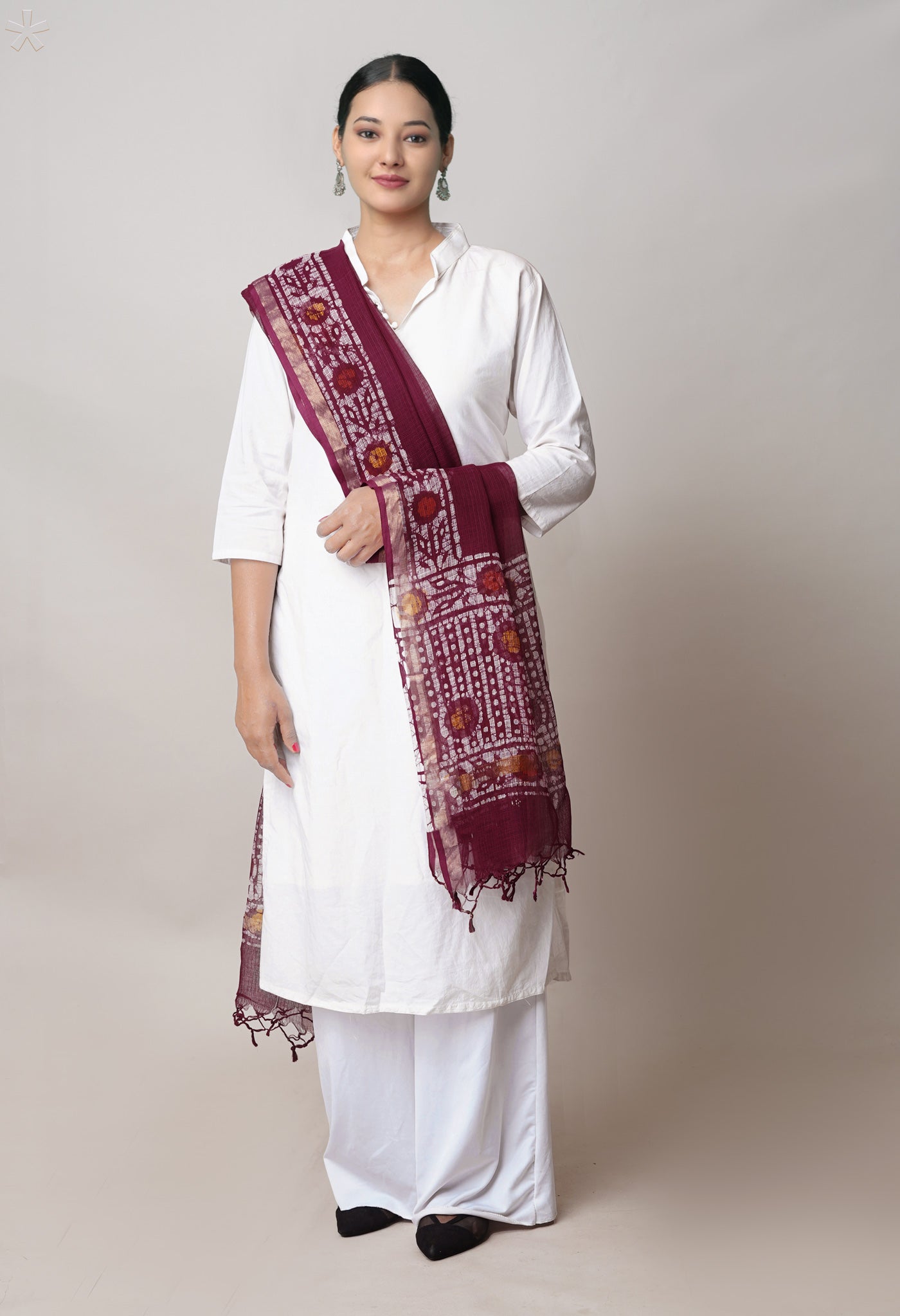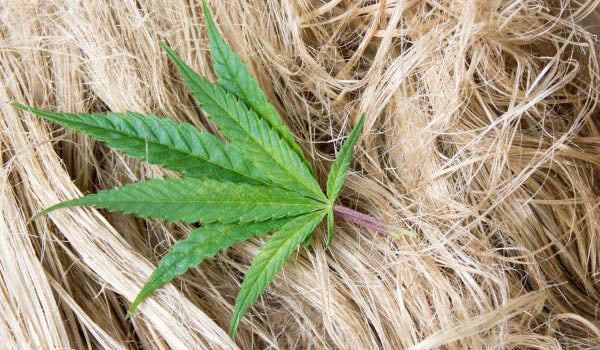
Linen or Hemp - excellent quality fibre fabrics – which would you prefer?
Is hemp better or linen? How does one answer that? The properties of fabrics are best laid out and left to the preference of the buyer. Since in my opinion, there is something of appeal in each fabric.
For starters, both hemp and flax (from which linen is derived) are made from fibers found in the stems of plants, and both are very laborious to produce. The strength and quality of both fibers are highly dependent on seed variety, the conditions during growth, time of harvest and manner of retting and other post-harvest handling.
In both cases yarns, made from the fibers, are graded from ‘A’, the best quality, to below ‘D’ and the number of twists per unit length is often (but not always) an indication of a stronger yarn. In addition, the yarns can be single or plied – a plied yarn is combined with more than one strand of yarn.

Next, the cloth can be woven from grade ‘A’ yarns with double twist per unit length and double ply into a fabric where the yarns are tightly woven together from cloth that is lightweight or heavier, producing a superior fabric.
Let us understand a basic fact that Hemp and Linen fibers are basically interchangeable – there is very little to distinguish flax fibers from hemp fibers. In fact, hemp’s fibers so closely resemble flax that a high-power microscope is needed to tell the difference.
Without microscopic or chemical examination, the fibers can only be distinguished by the direction in which they twist upon wetting: hemp will rotate counterclockwise; flax, clockwise. And in general, they tend to have the same properties.

The similarities
In general, there are many similarities between cloth made from hemp and cloth made from linen:
- Both linen and hemp become soft and supple through handling, thereby gaining elegance and creating a fluid drape.
- Both hemp and linen are strong fibers – though most sources say hemp is stronger (by up to 8 times) than linen. The lifespan of hemp is the longest of all the natural fibers.
- Both hemp and linen absorb moisture. Hemp’s moisture retention is a bit more (12%) than linen’s (10 – 12%)
- Both hemp and linen are breathing fabrics, are natural insulators: both have hollow fibers which means they’re cool in summer and warm in winter and have wonderful anti-bacterial properties.
- Both the fabrics benefit from washing, as they tend to get softer and more lustrous with each wash.
- In addition, both hemp and linen are resistant to moths and other insects, absorb dye stuffs readily, are biodegradable and hence environment-friendly.
- On the flip side, both hemp and linen wrinkle easily.
The differences between hemp and linen
- Hemp fiber bundles are longer than that of flax. Hemp fibers vary from 4 to about 7 feet in length, while linen is comparatively shorter at 1.5 to 3 feet in length.
- The color of flax fibers is described as yellowish-buff to gray, and hemp as yellowish-gray to dark brown.
- Hemp is highly resistant to rotting, mildew, mold and salt water as compared to linen and other natural fibres.

- Hemp is also highly resistant to ultraviolet light, so it won’t fade or disintegrate in sunlight.
- However there is a disadvantage in Hemp’s elastic recovery which is very poor and less than that of linen; in fact hemp stretches less than any other natural fiber.
- But hemp’s greatest advantage lies in the field.
- Hemp grows well without the use of chemicals because it has few serious pest problems. It has the highest immunity amongst other natural fibers against attacking organisms. In fact despite the lack of use of pesticides and fungicides it gets a very high yield. The average yield of Hemp is between 500 & 800 lbs. while flax (for linen) averages just 325 – 450 lbs. within the same area of land. The yield also gets converted into a high biomass that can be used for making fuel in the form of clean-burning alcohol.

- Agriculturists have seen hemp as a great rotation crop since it improves the soil quality and keeps it clean of weeds. In fact other crops like flax could benefit from first growing hemp on the same land. Hemp, is good for the soil, aerating and building topsoil. Its long taproot descends for three feet or more, and these roots anchor and protect the soil from runoff. Hemp can be grown for many seasons successively without impacting the soil negatively.
- The price of hemp in the market is far higher than for linen, despite hemp’s yields. As per one reason given, the physical labour involved in the cultivation of hemp is quite a bit comparatively.
- Linen is cool, very supportive even when very thin compared to some other fibres. Comparatively it’s quite cheaper. But Linen does unfortunately have a tendency to crease very easily and also in the same place so it’s probably best to steer clear if you are adverse to the iron as these repeating creases can lead to thread shifting which could unfortunately lead to a hole.

- Hemp, even though it wrinkles to a certain degree it does not to the extreme like linen does, so you don’t have to worry so much about thread shifting issues.
- Another characteristic often associated with linen wraps are “slubs”; imperfections and thicker threads found randomly along the cloth. These defects are generally only found in lower quality threads while very fine linen is smooth and consistent. Hemp the “eco fibre” too often contains “slubs” though much fewer than found in linen.
- Hemp requires very little maintenance comparing to that for Linen. Linen after its initial making takes several washes before it changes from its hard feel to gradually soften with use. Hemp gets soft after the initial wash itself and gets softer with every subsequent wash.
- Linen has a rougher surface as compared to Hemp

Additional advantages for Hemp
- Hemp has a great advantage of being a strong individual fibre. So after the processing, the overall fabric turns out to having good strength, as compared to all other natural fibres.
- The high density of the hemp fiber allows it to protect against UV and other types of radiation, including passive radiation from common electrical devices. E.g. computer monitors.
Now that we know what Hemp is as a fibre and fabric, let us make our choices based upon the need.
[/vc_column_text][vc_btn title="Shop Online Beautiful Handloom Linen Cotton and Silk Sarees" color="warning" align="center" link="url:https%3A%2F%2Fwww.unnatisilks.com%2Fsarees-online%2Fby-popular-variety-name-sarees%2Fonline-linen-saree.html||target:%20_blank"][/vc_column][/vc_row]

